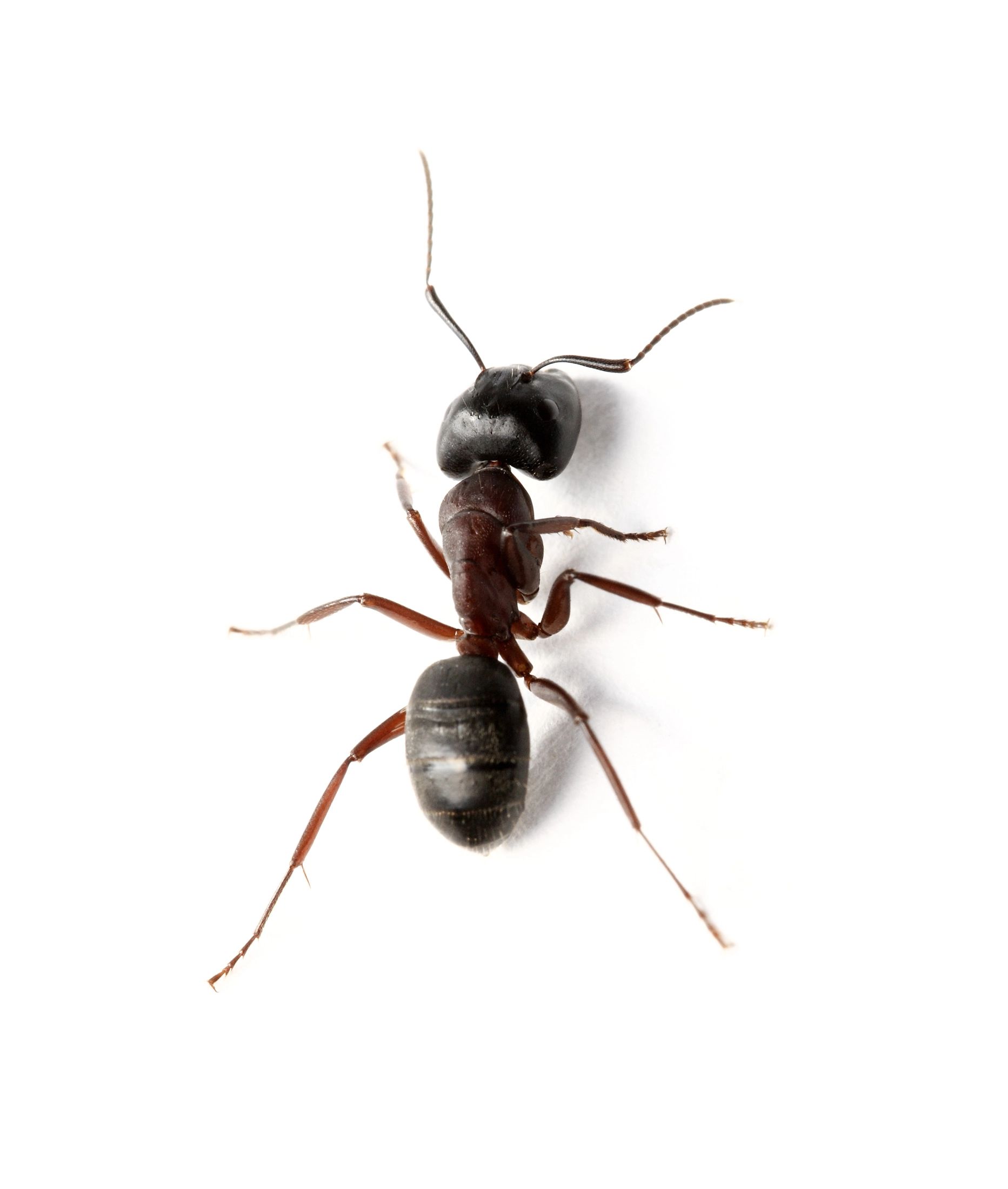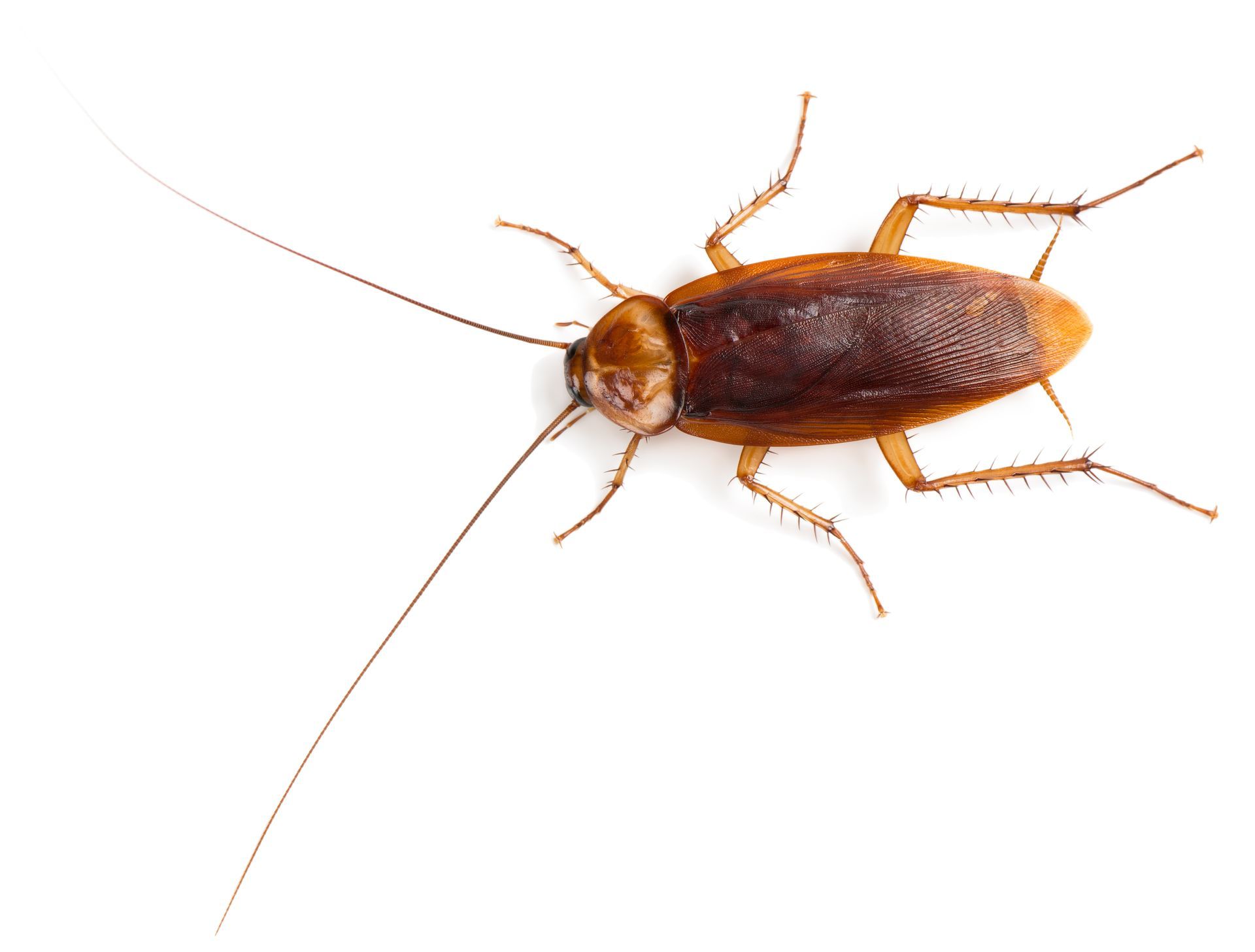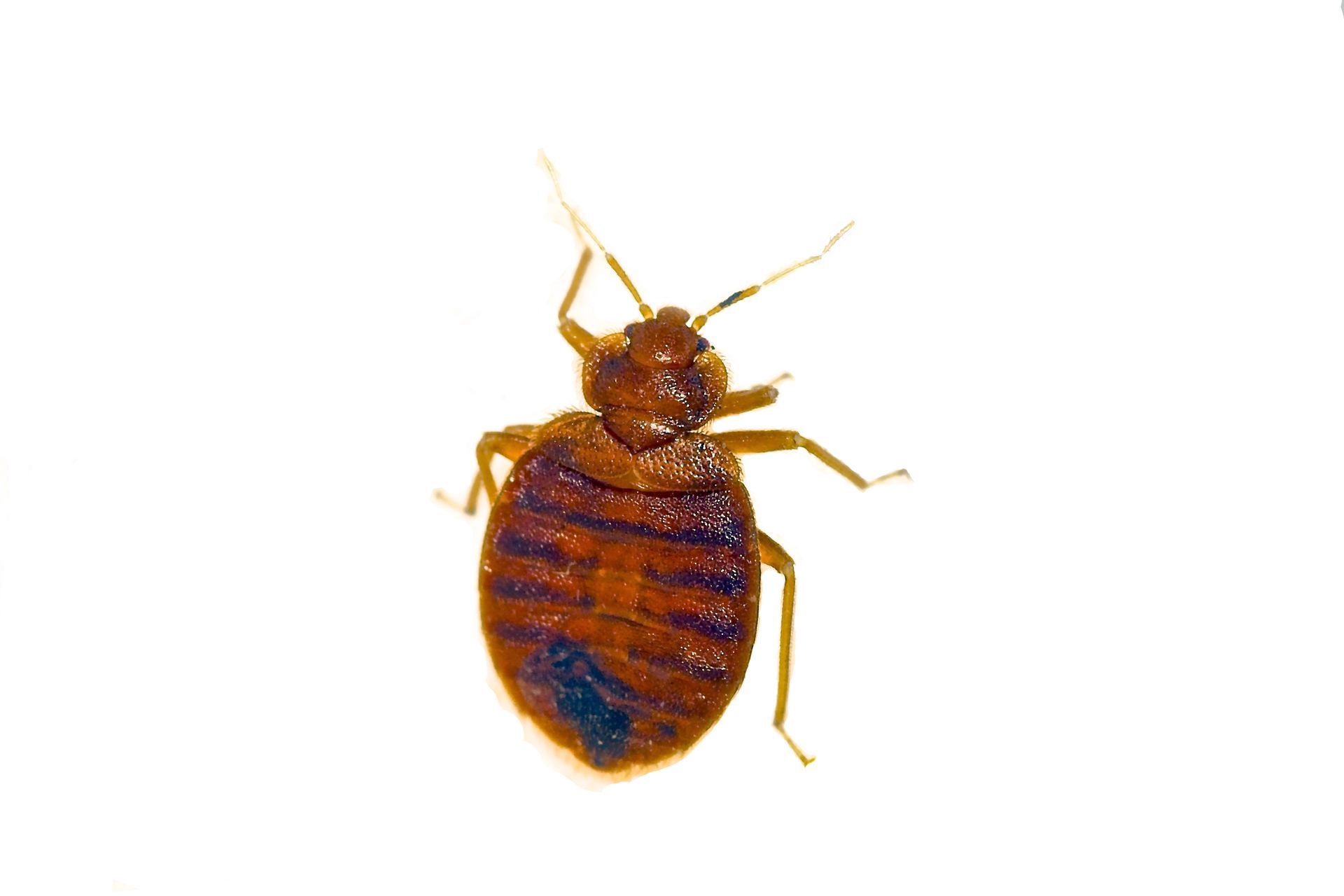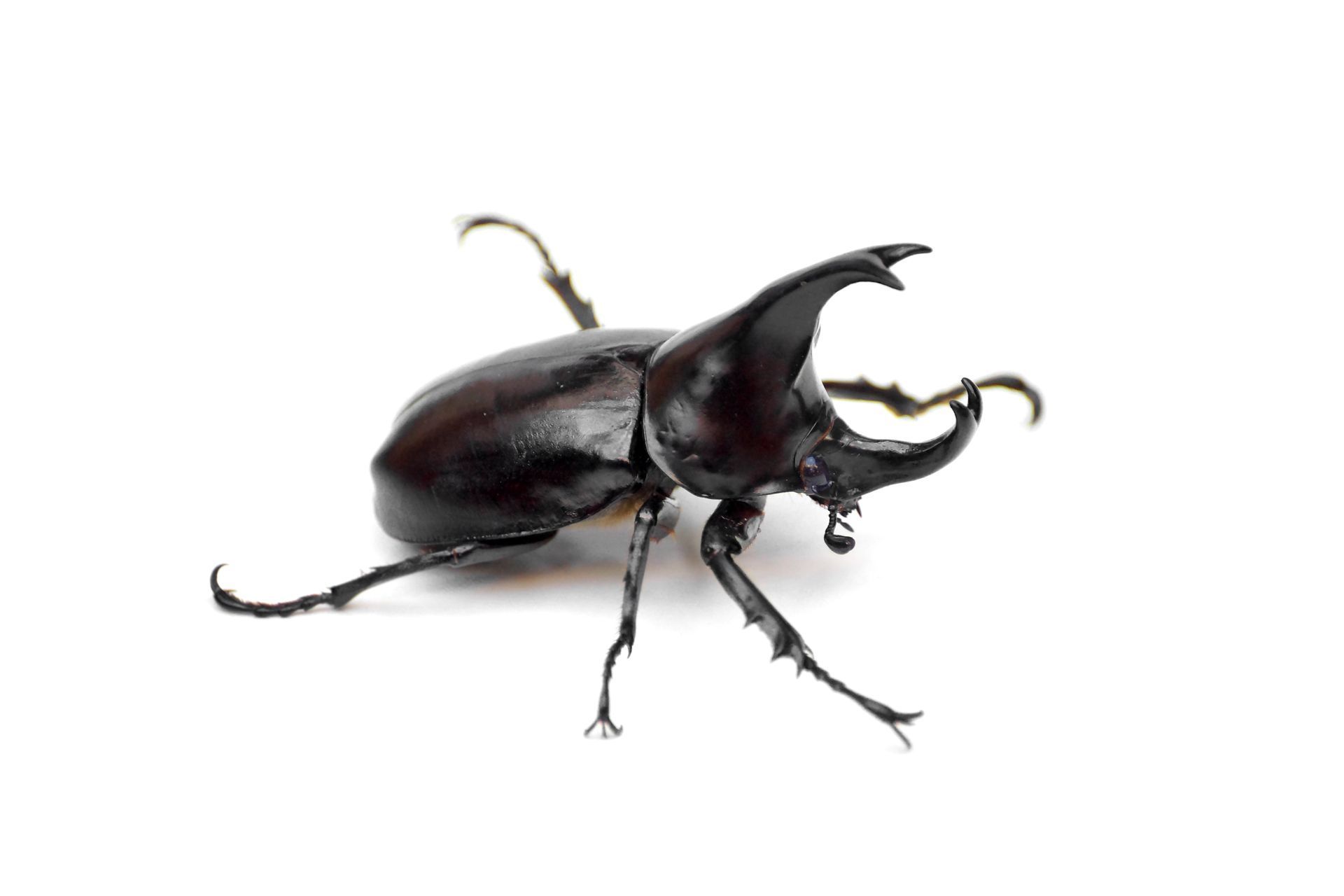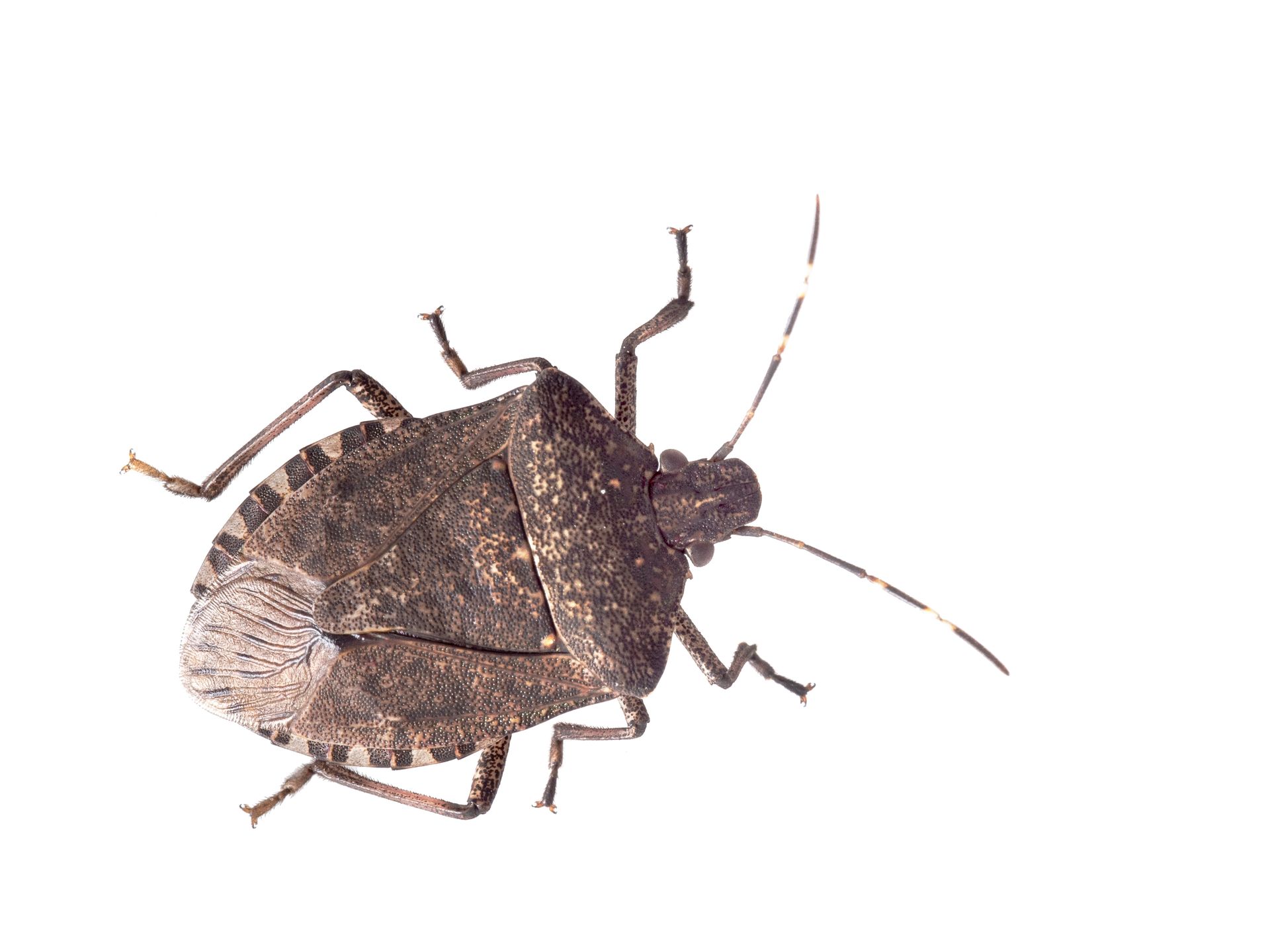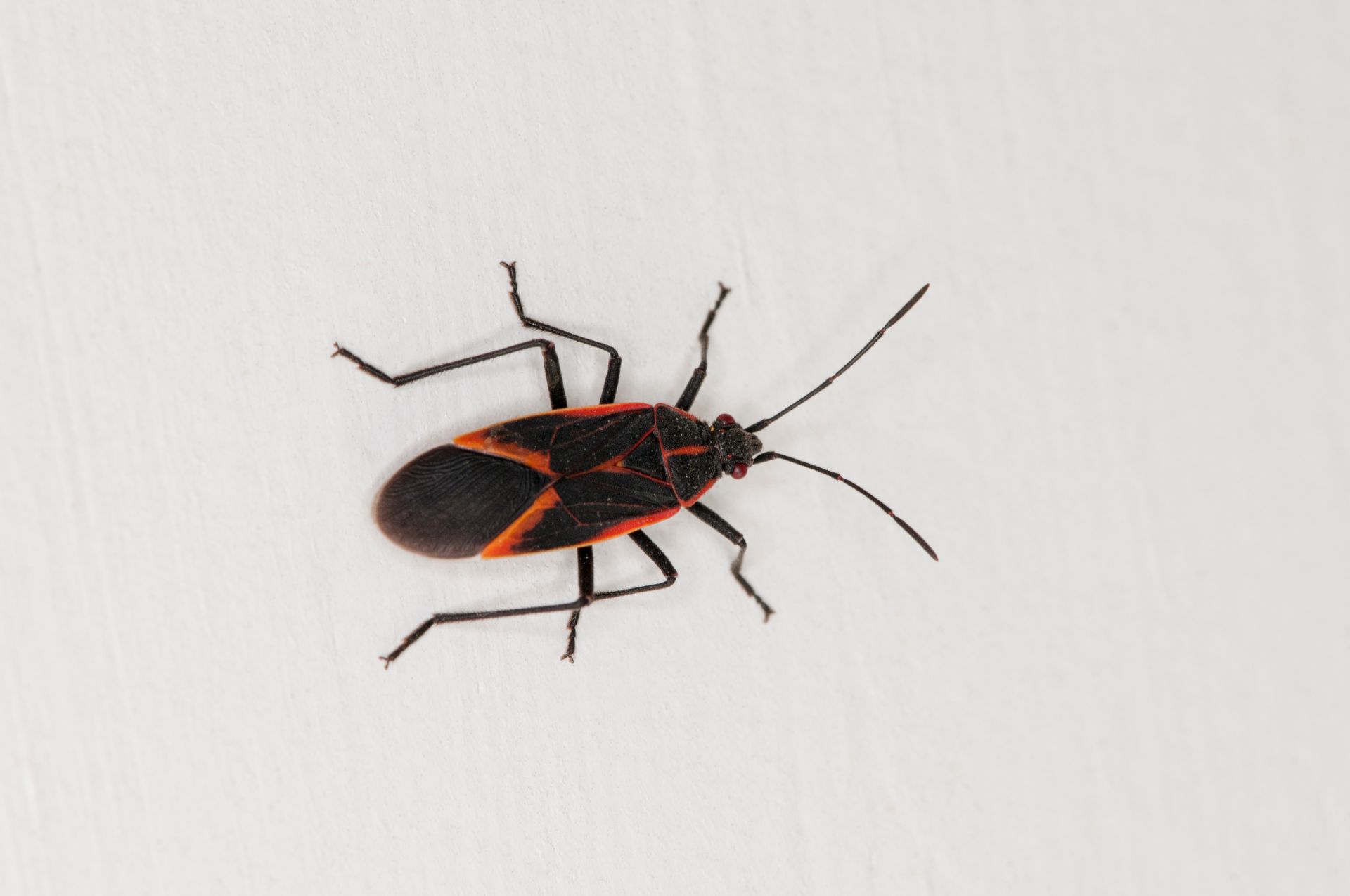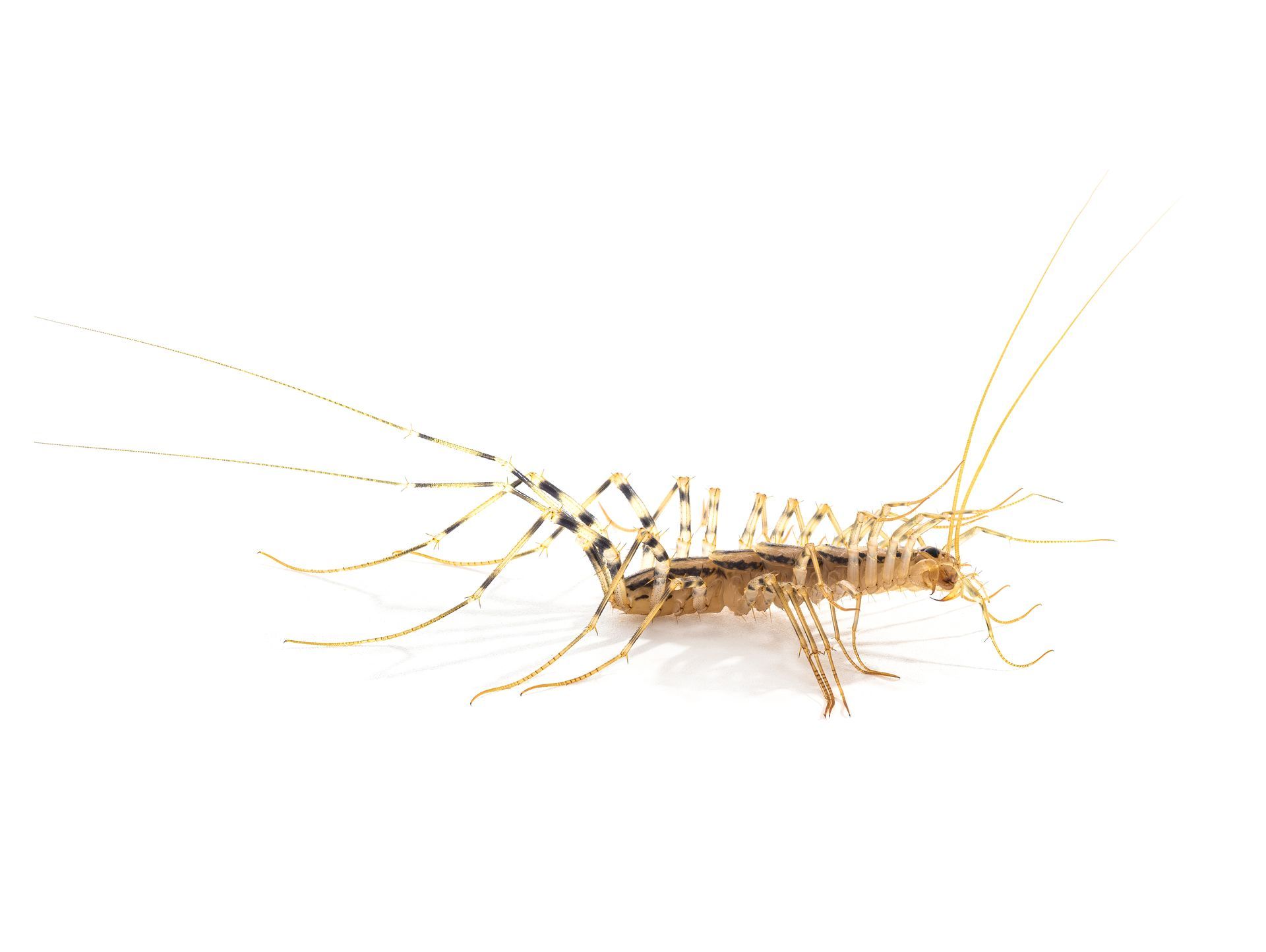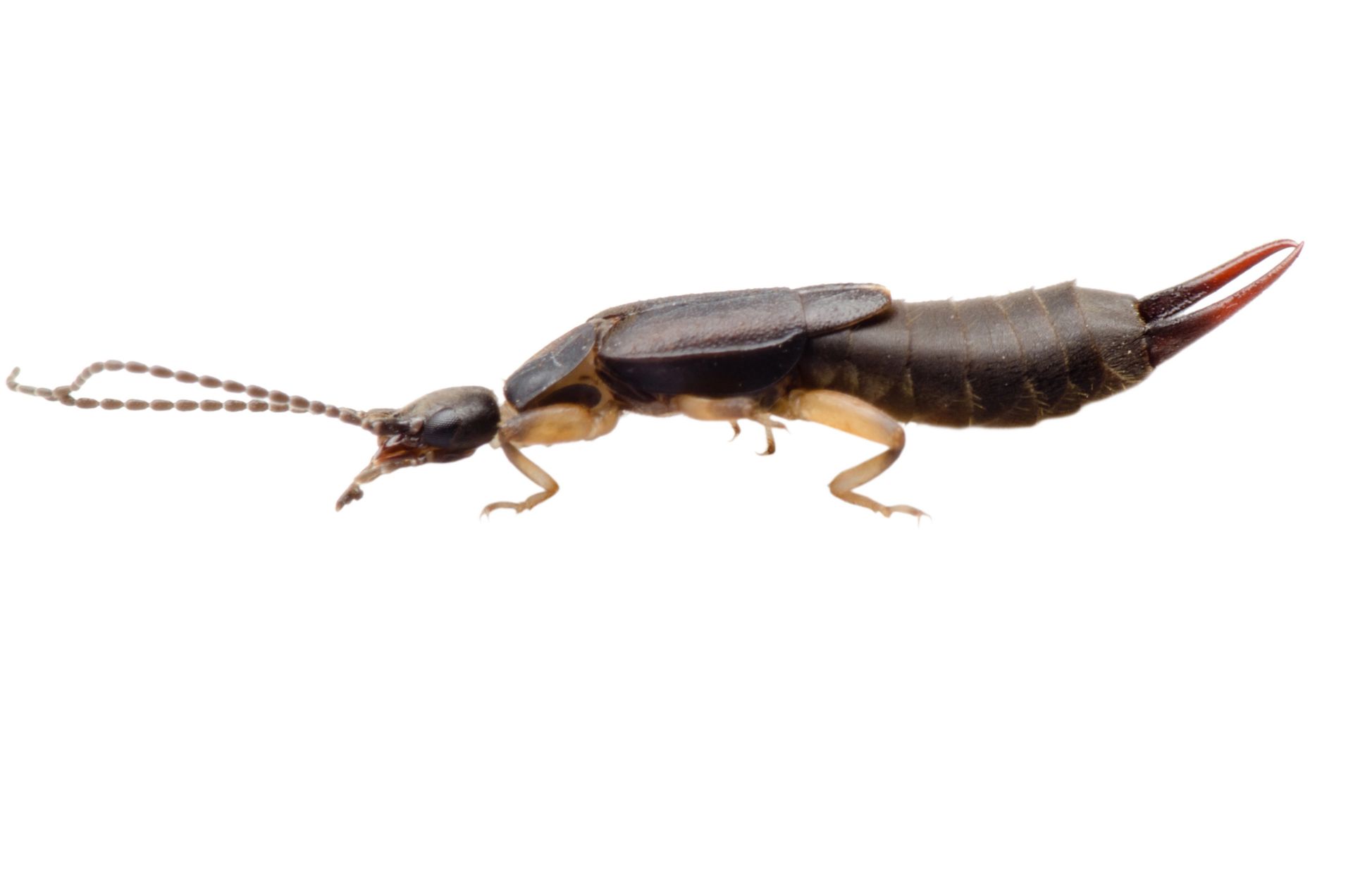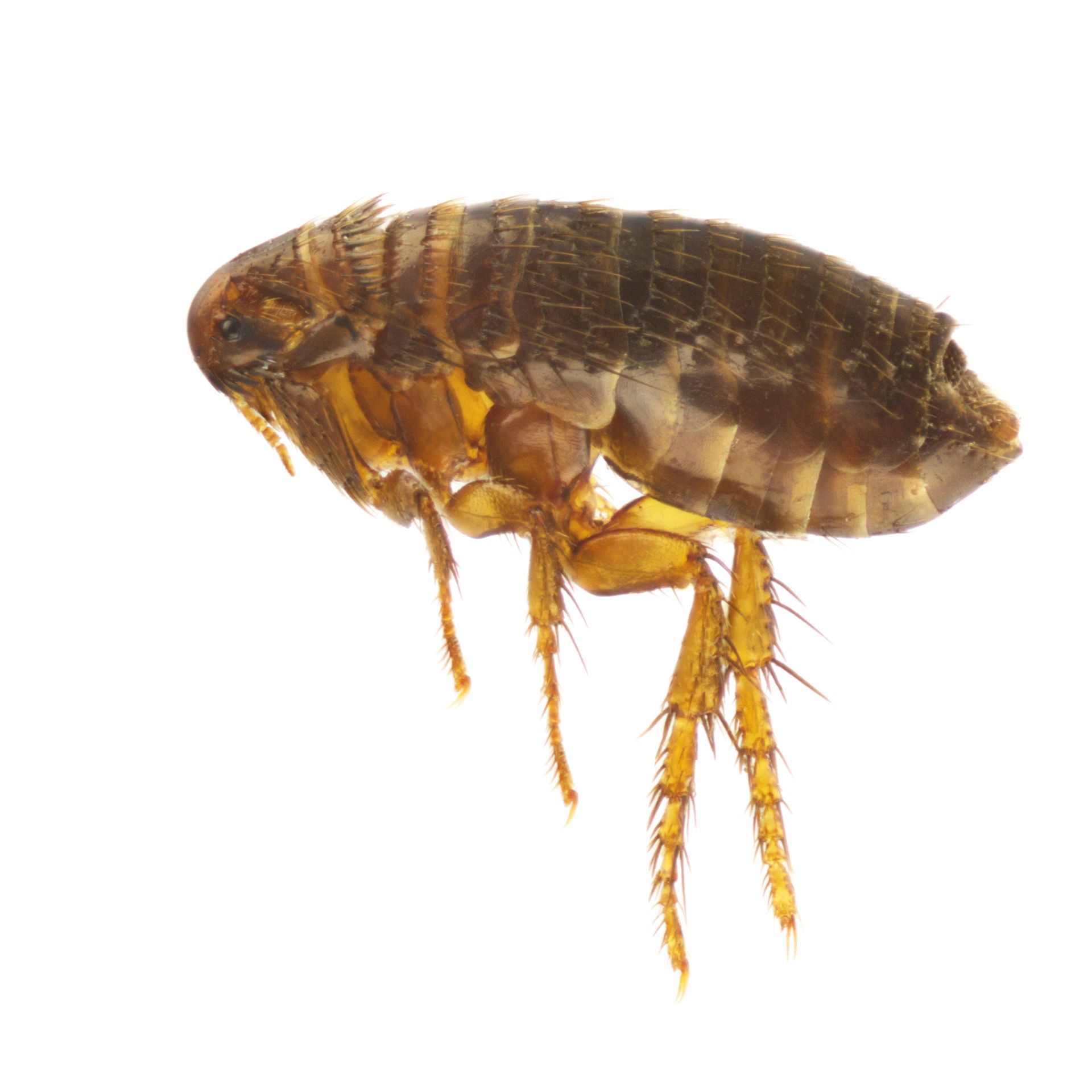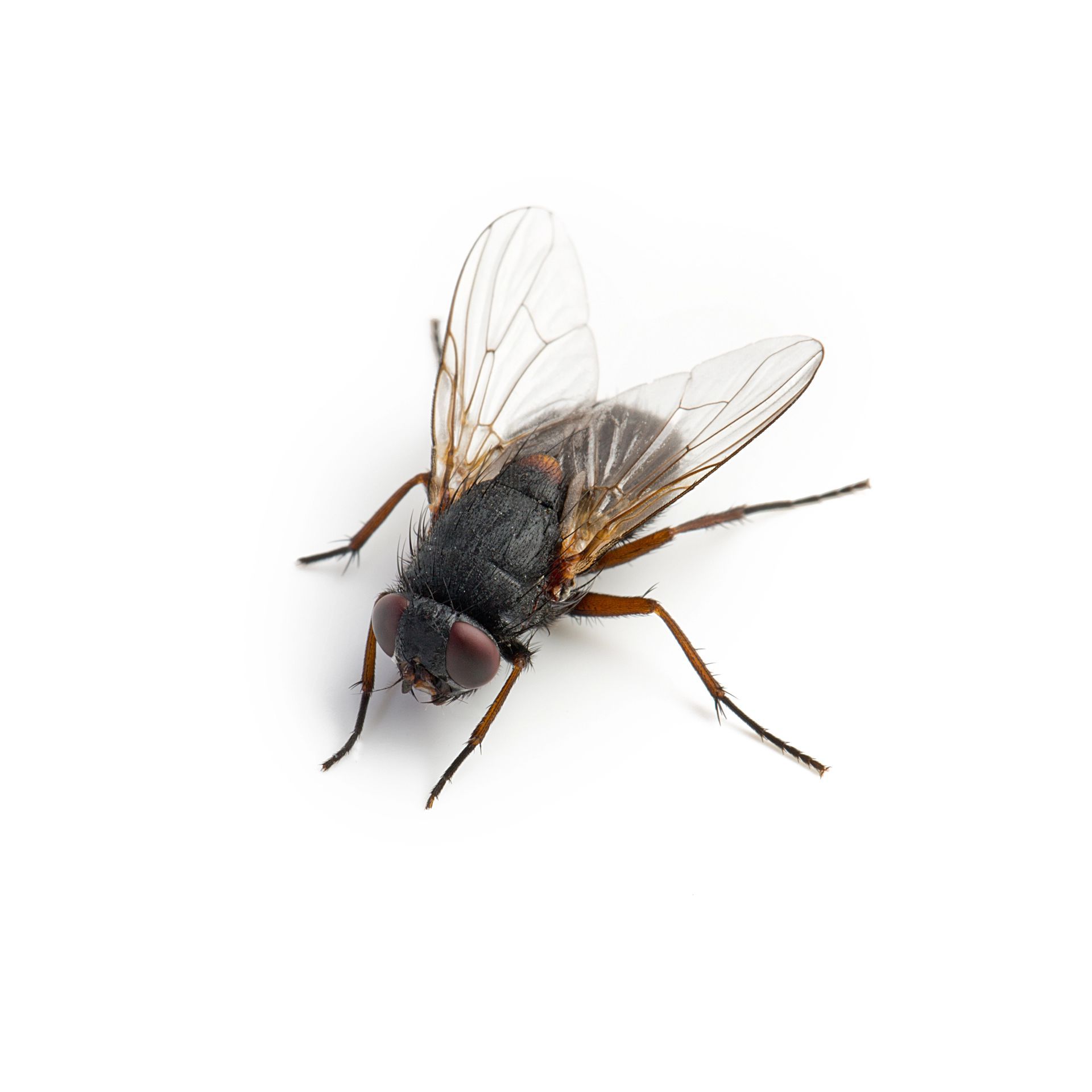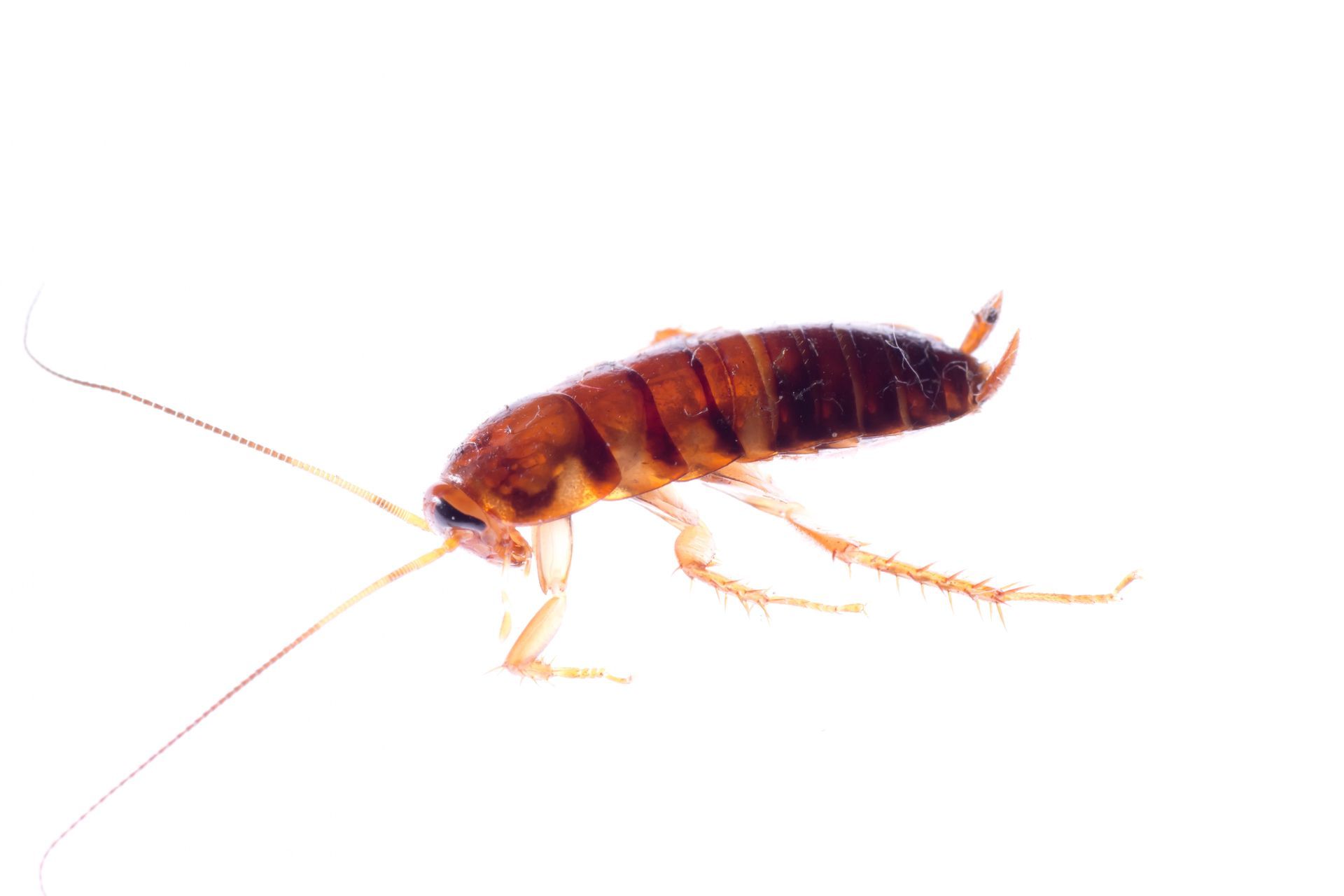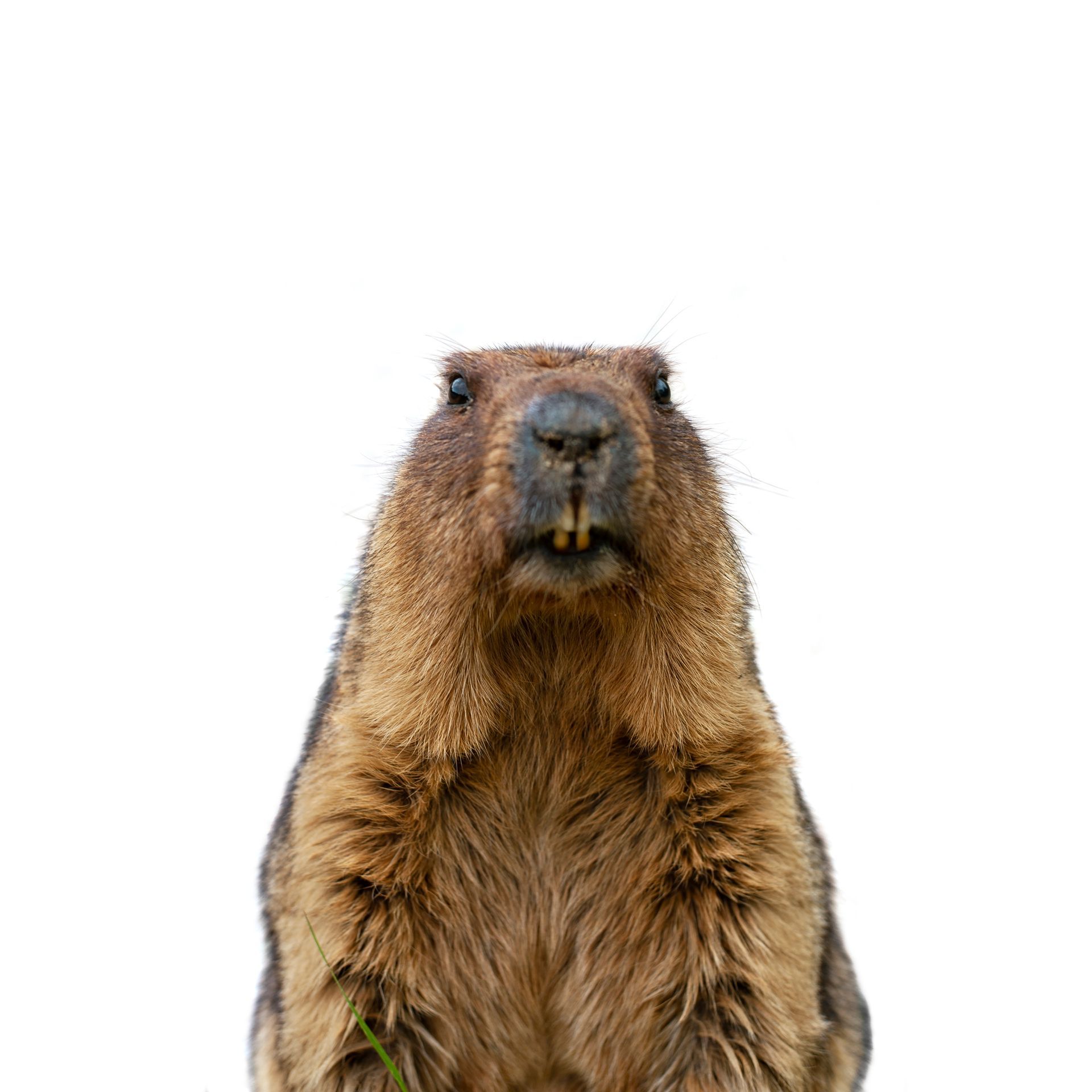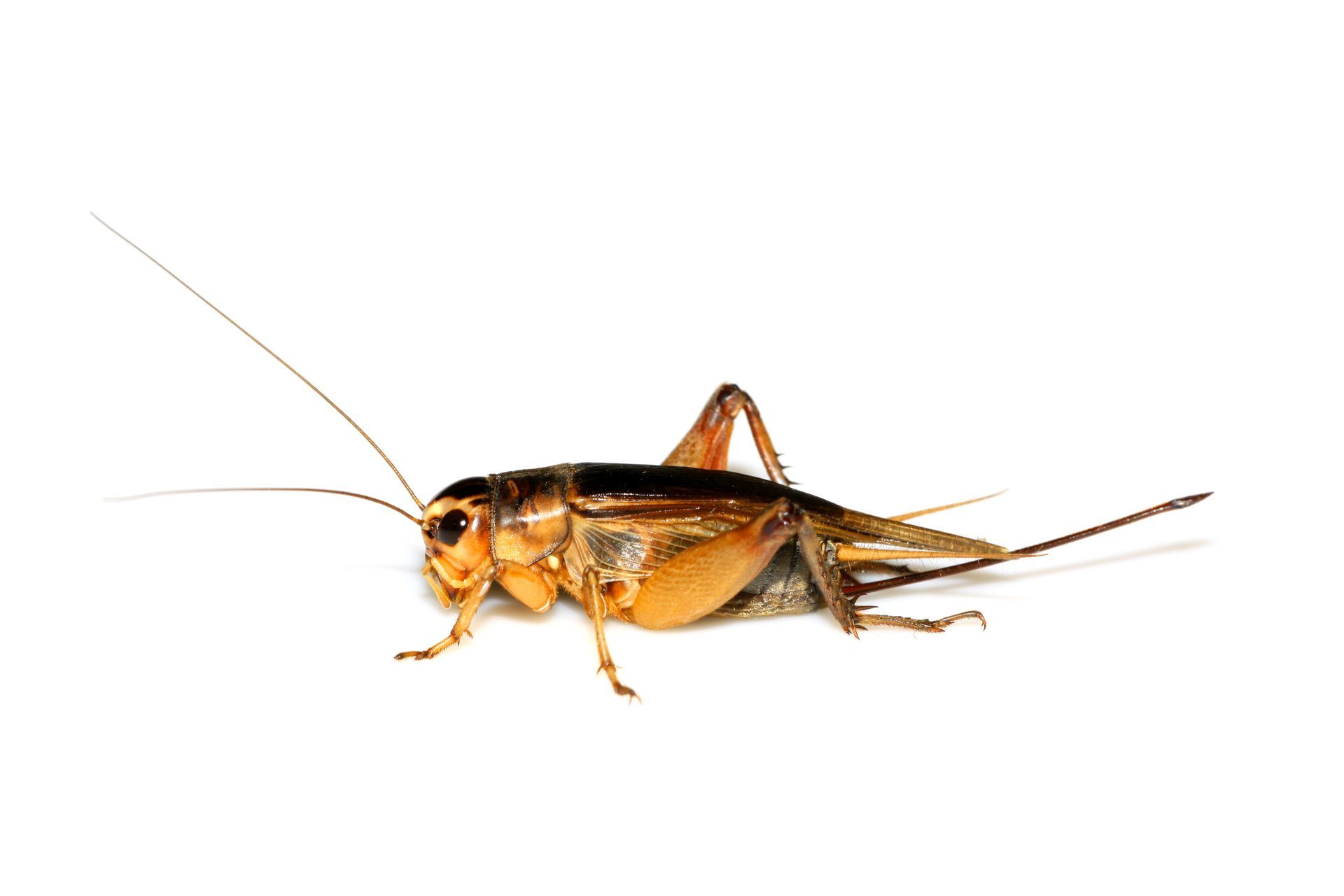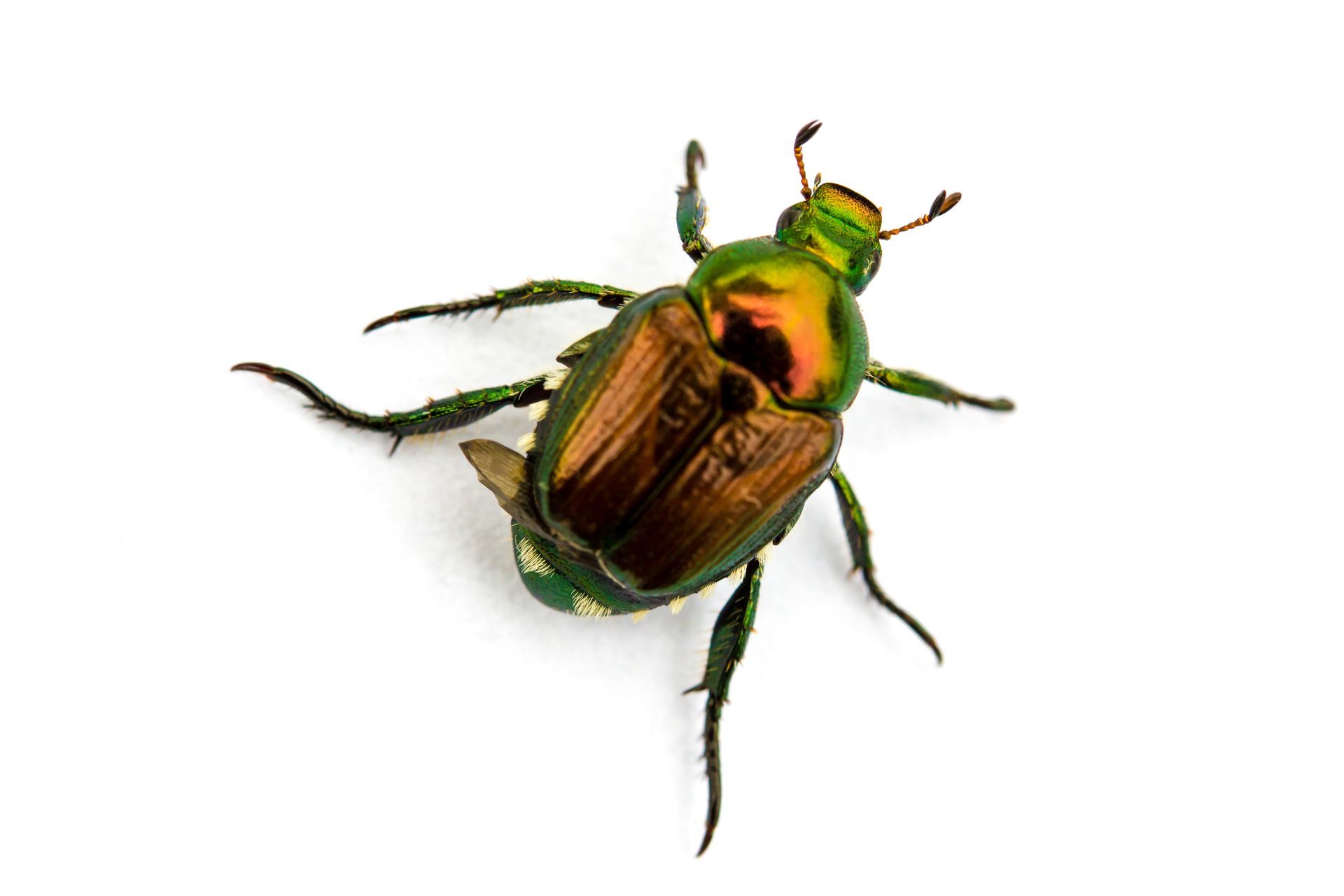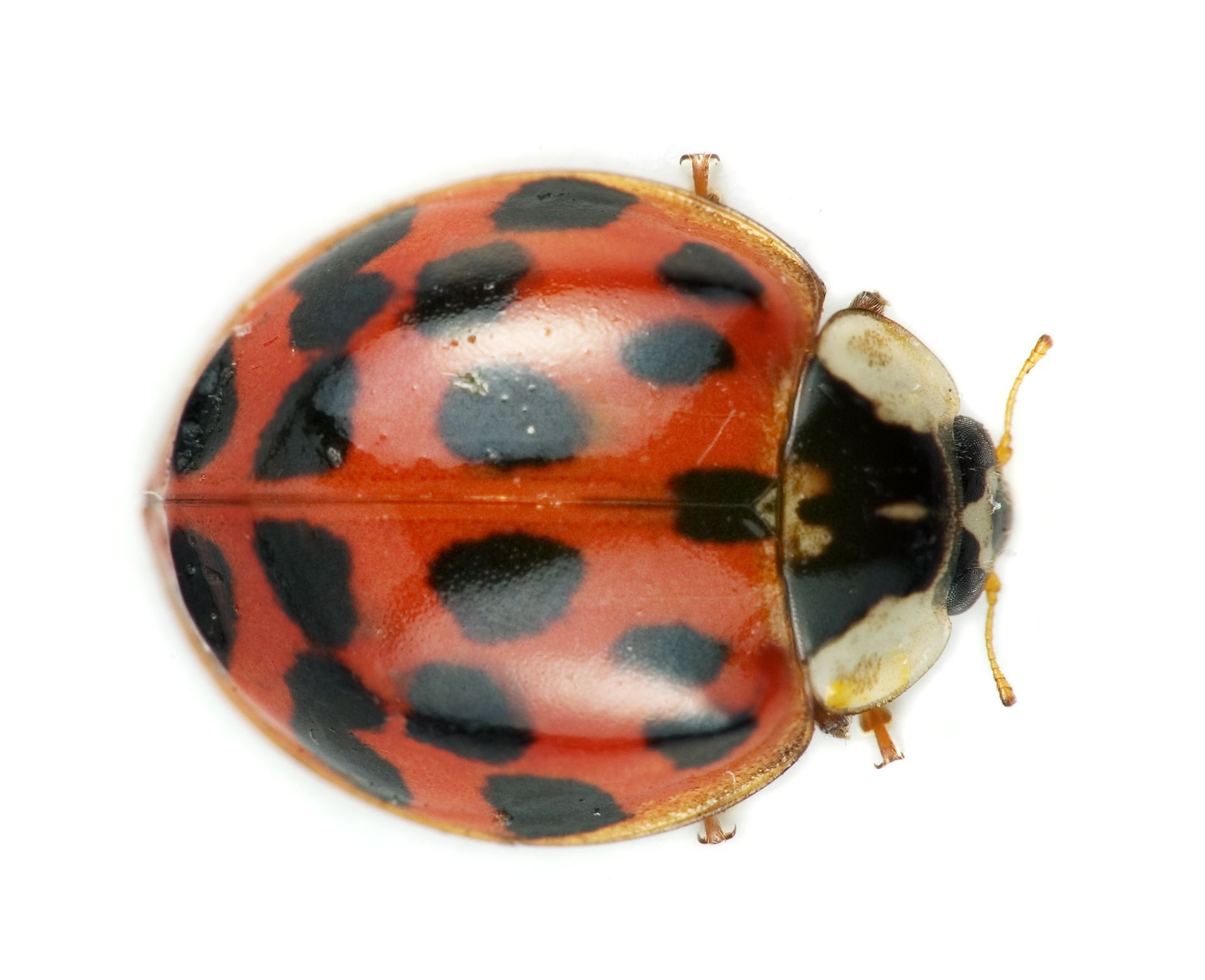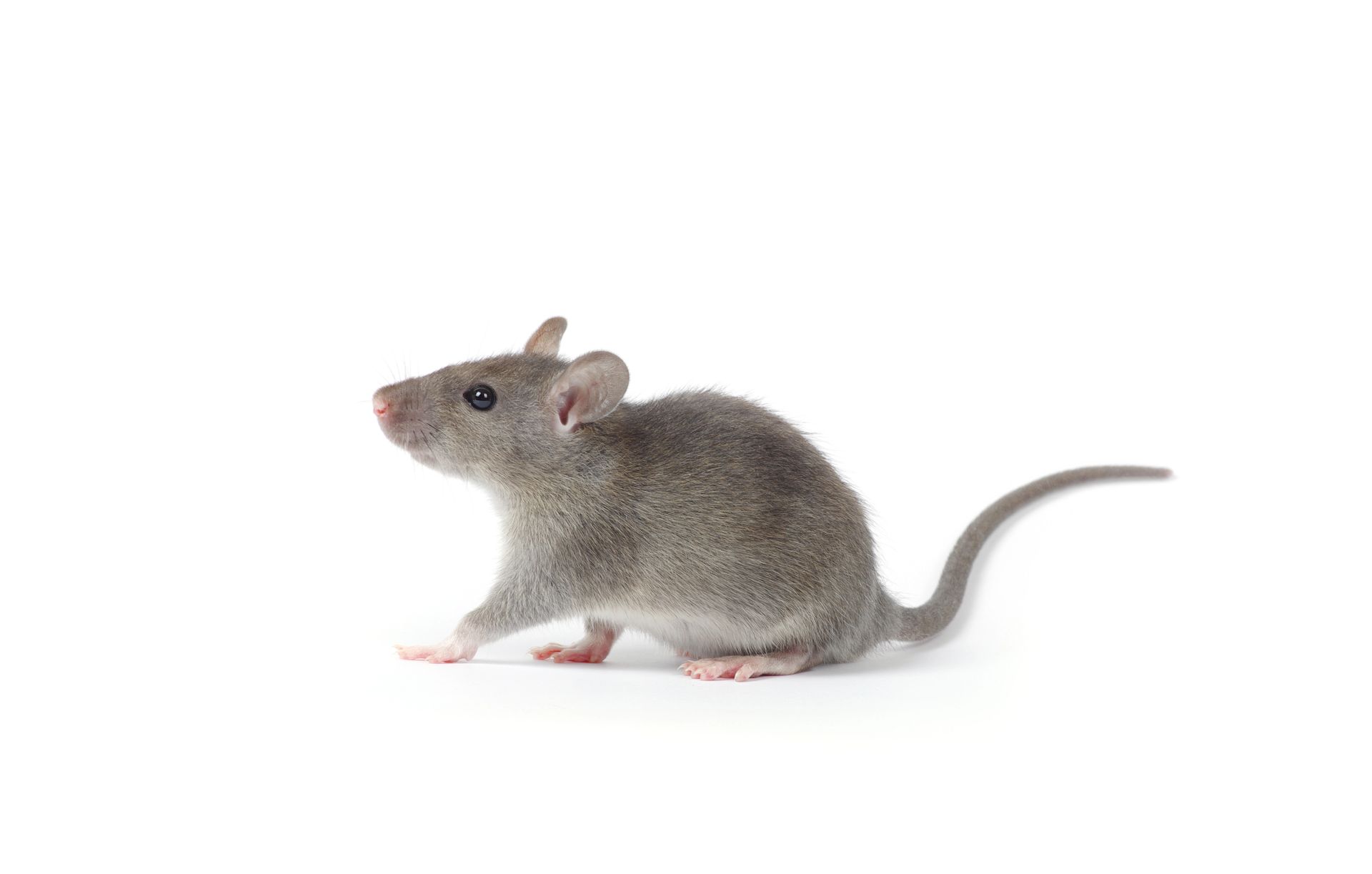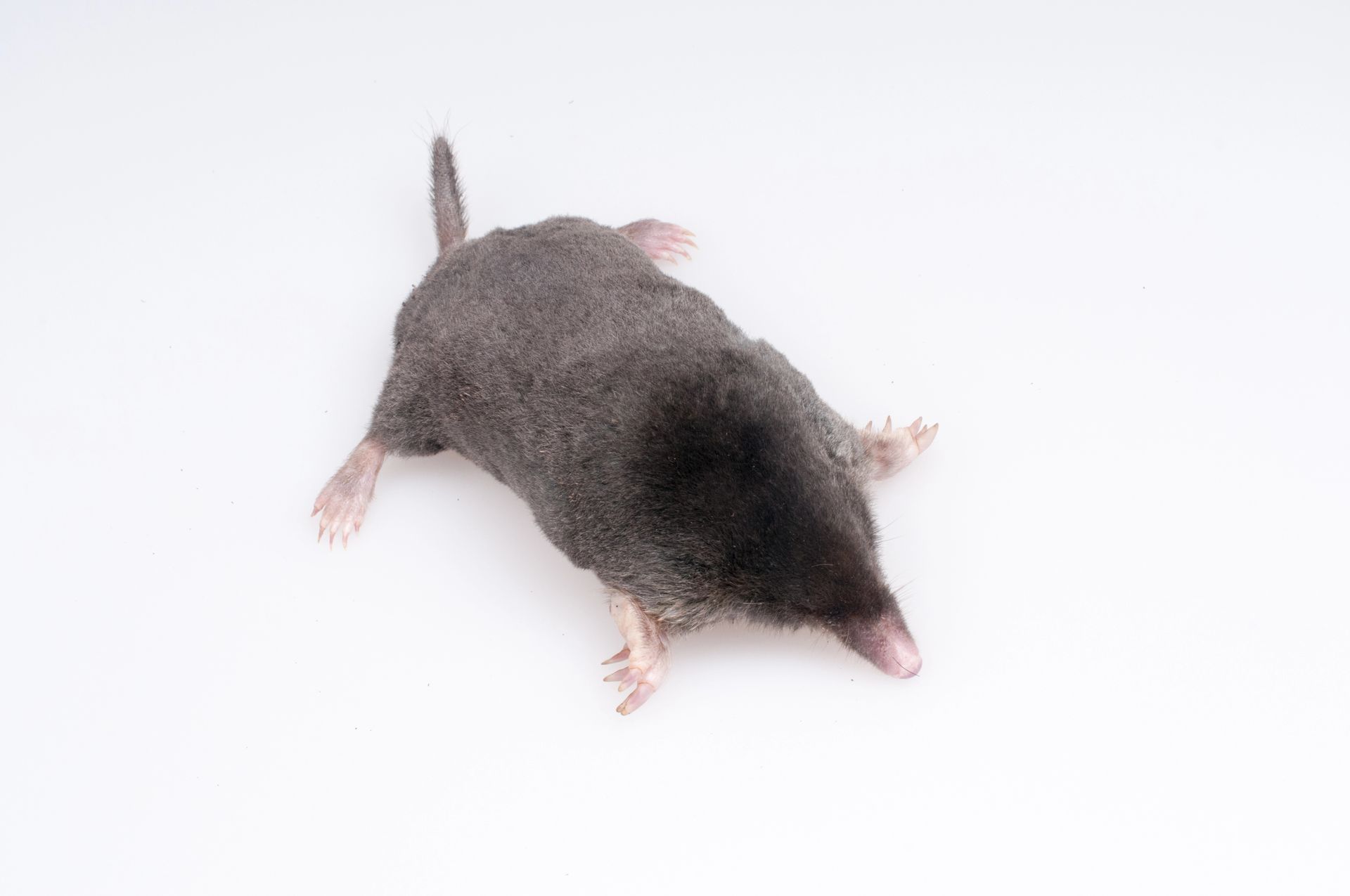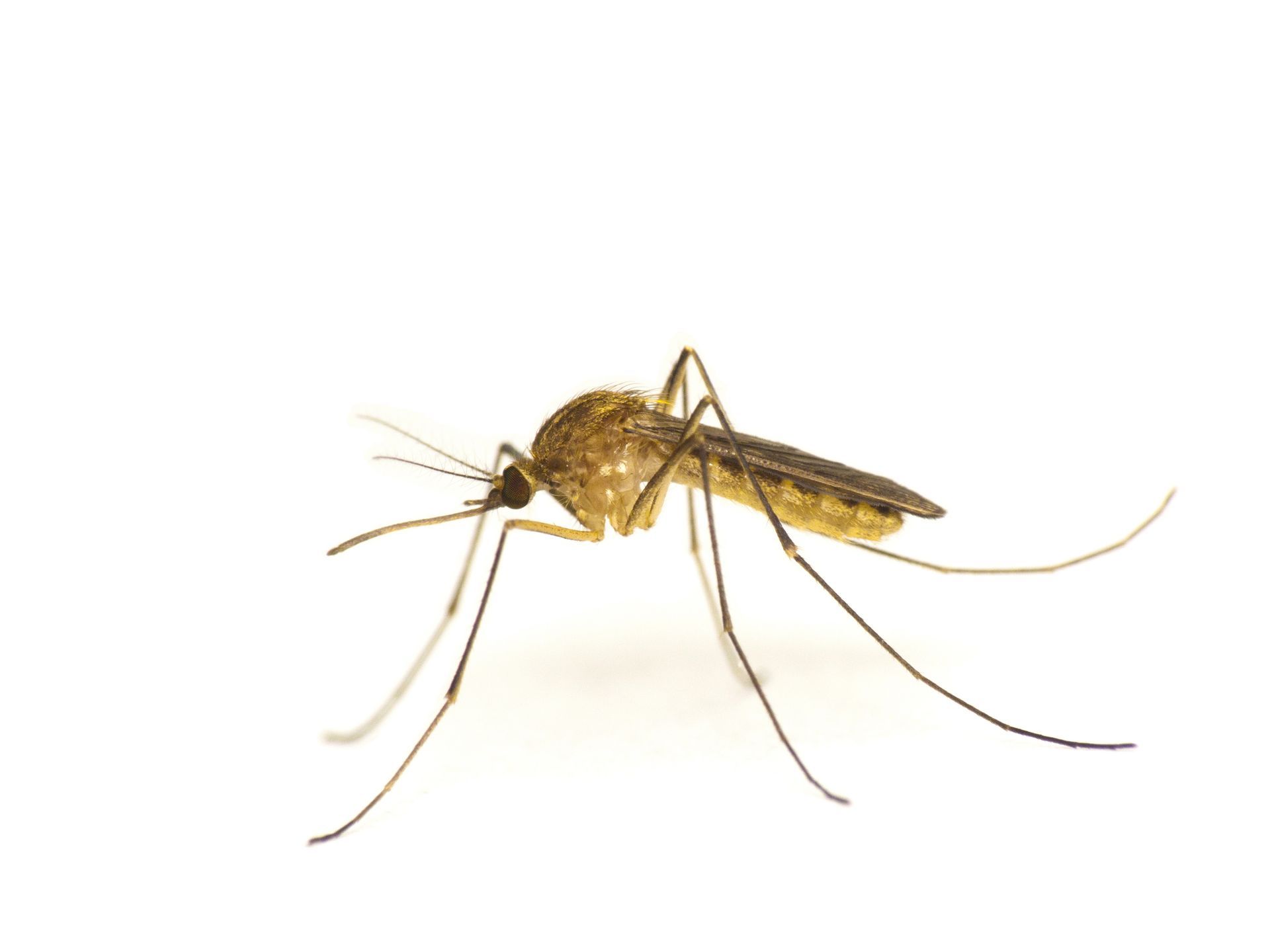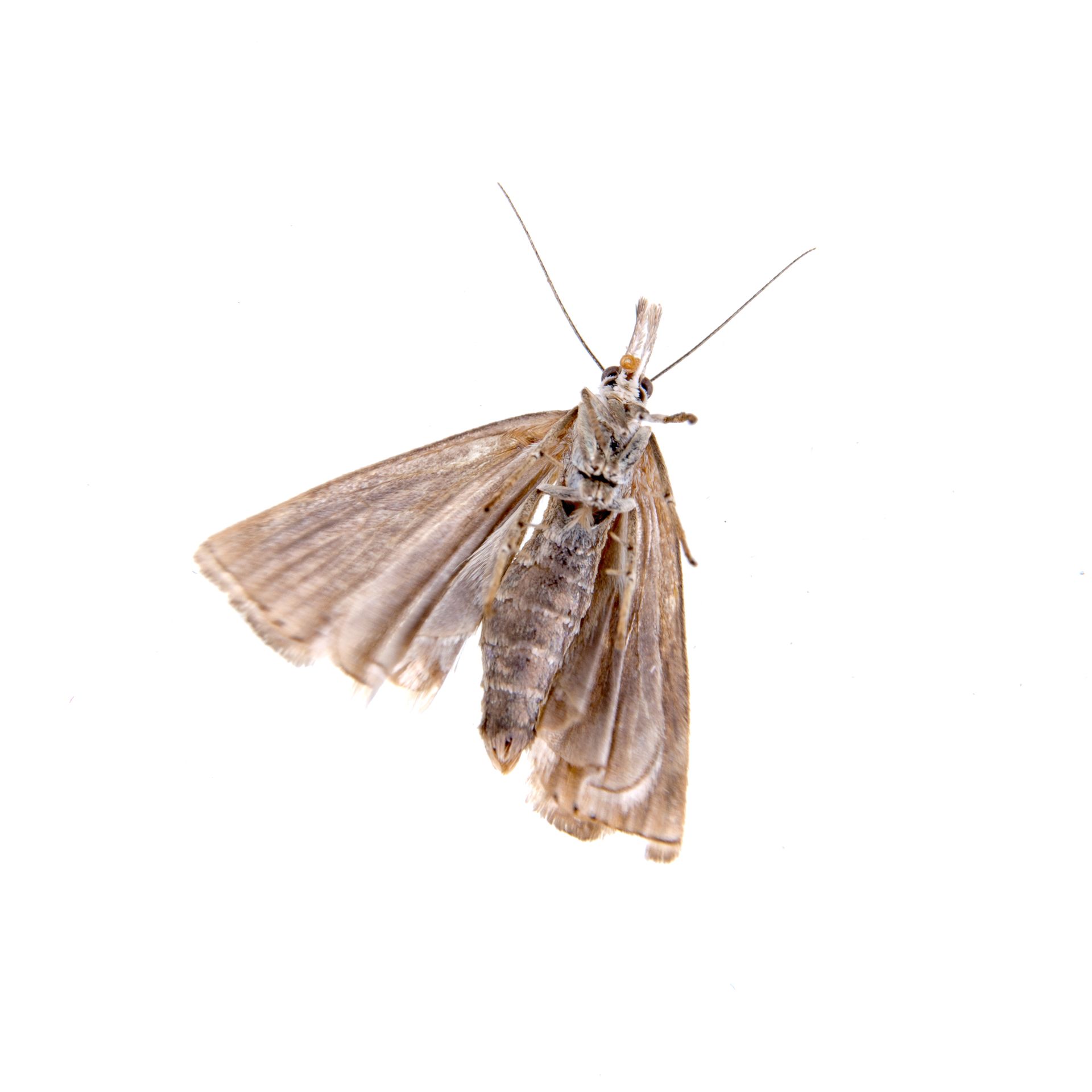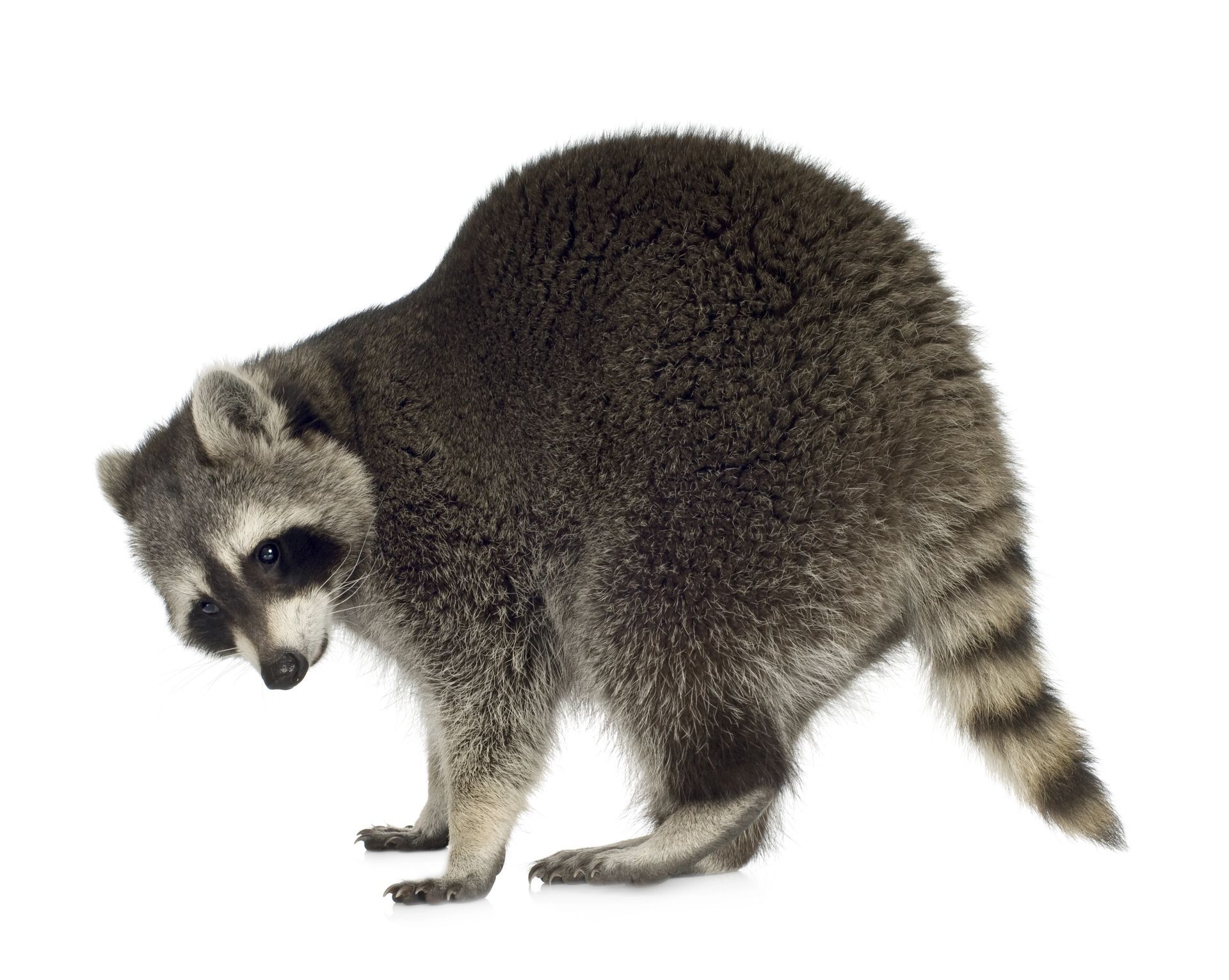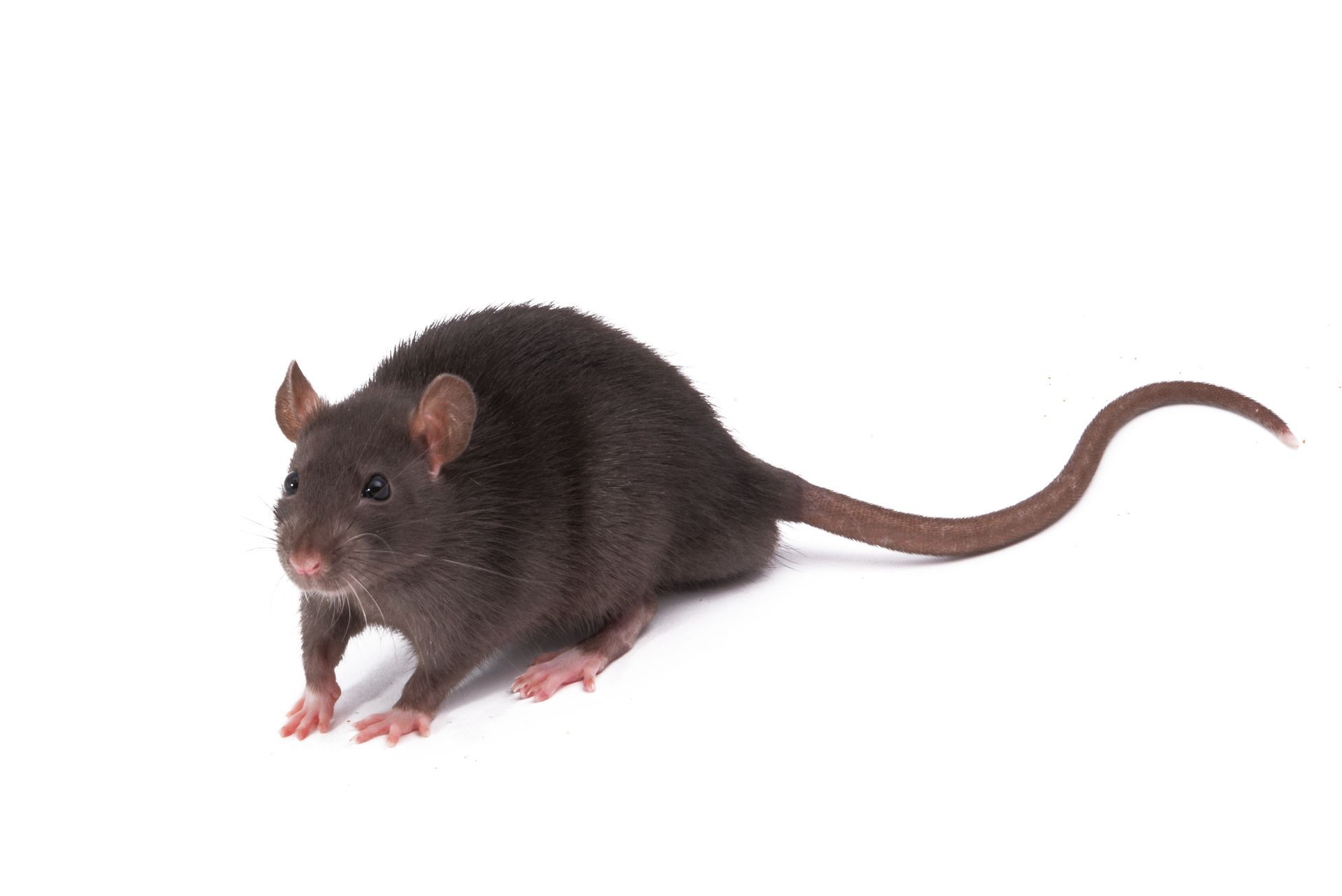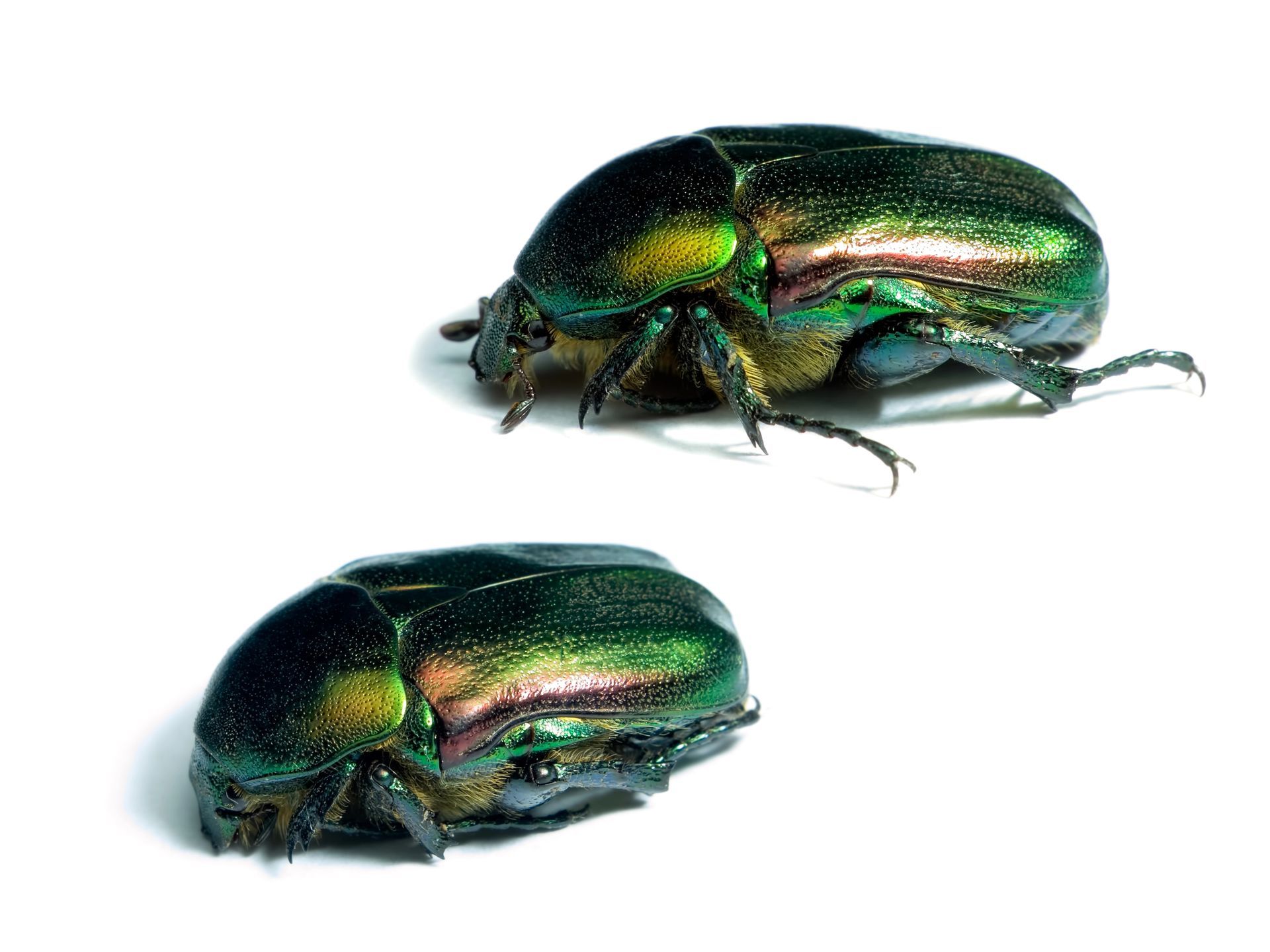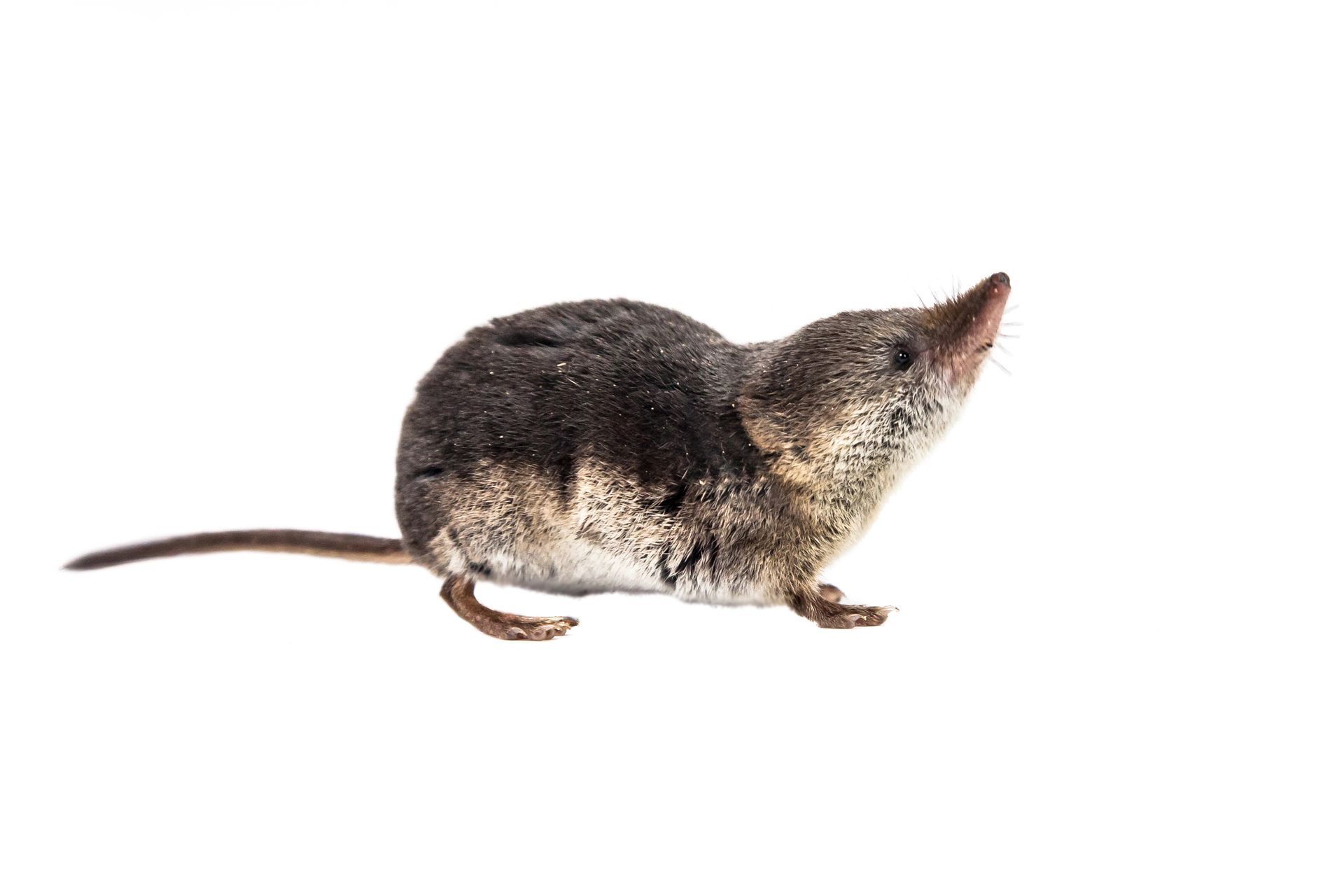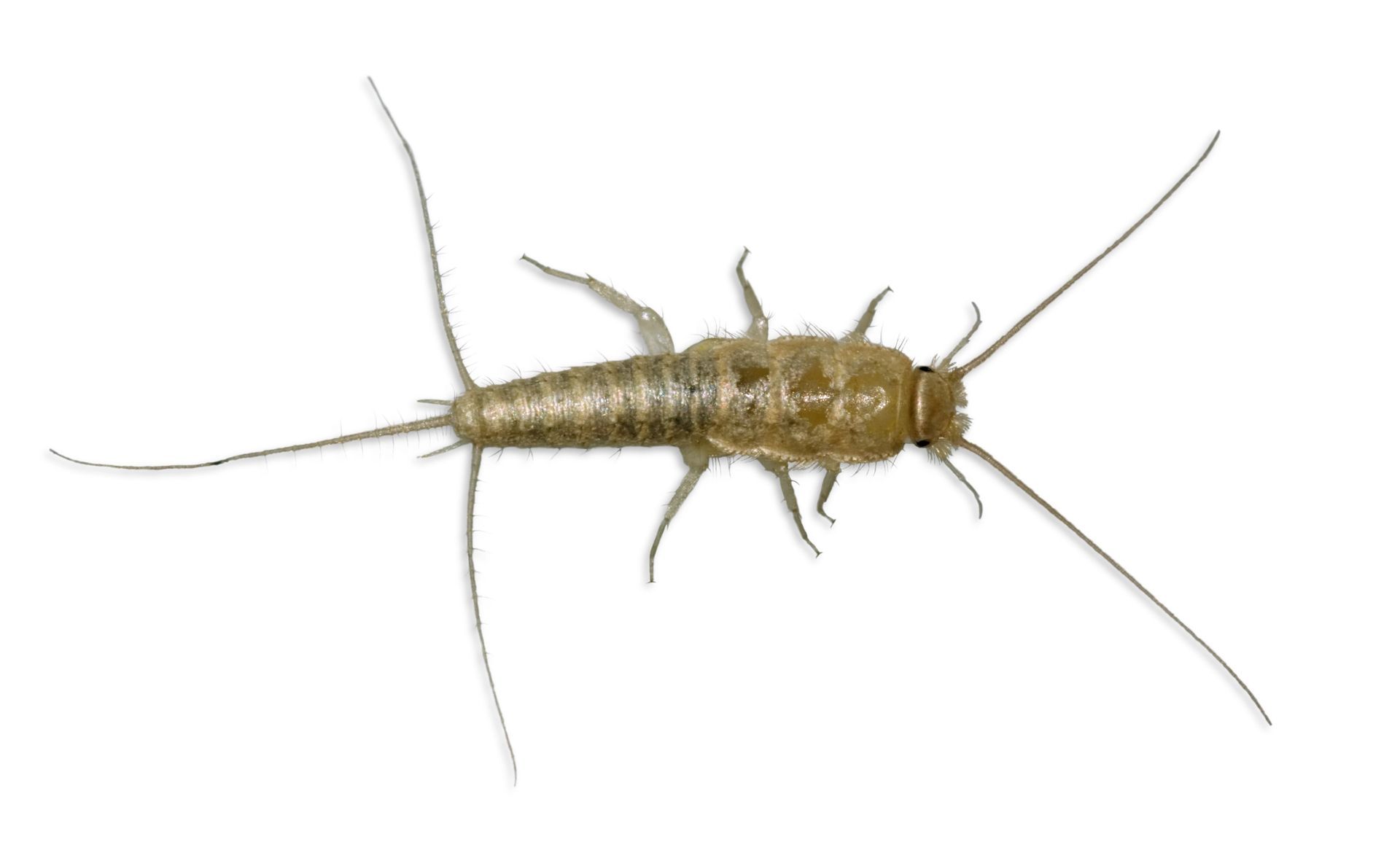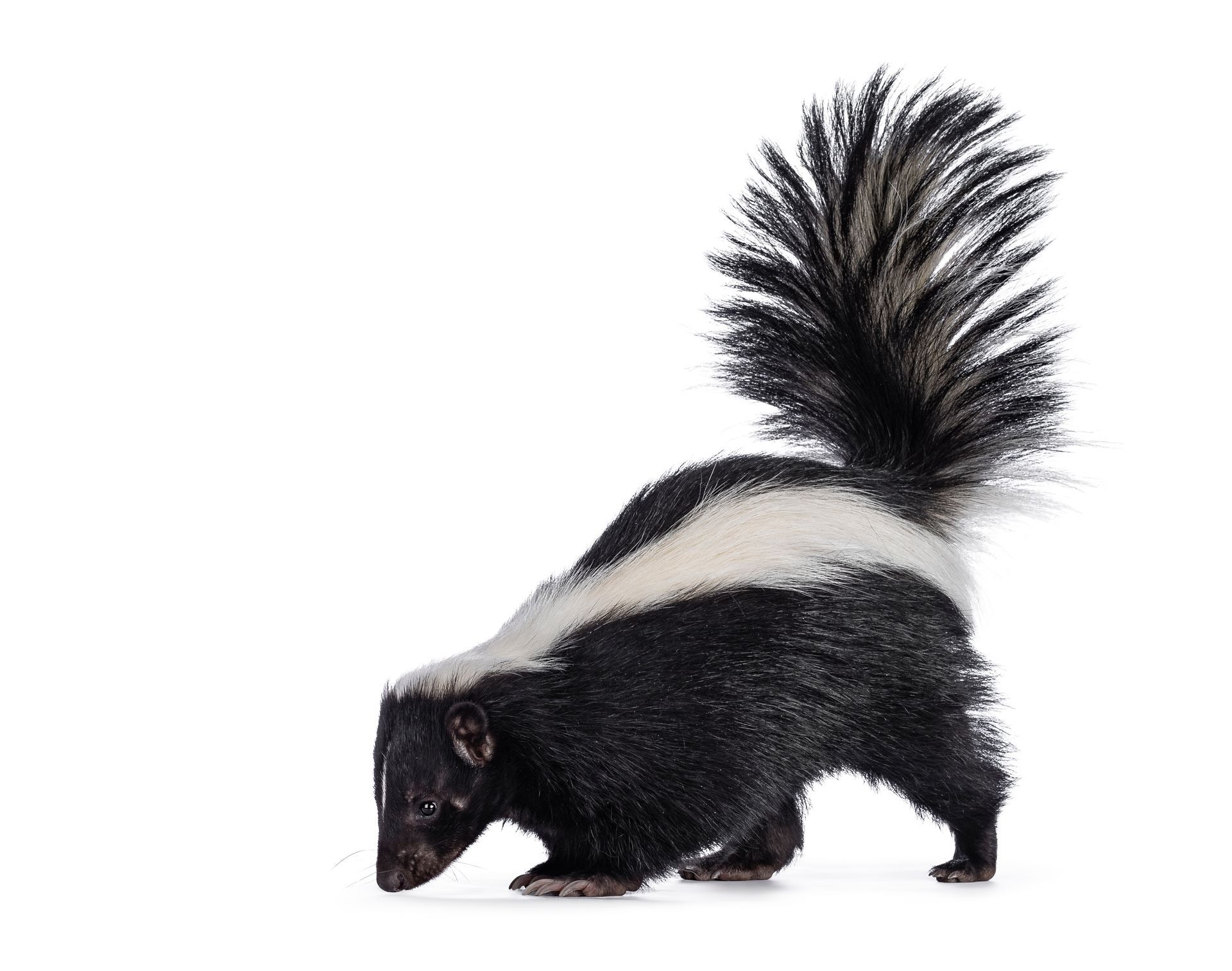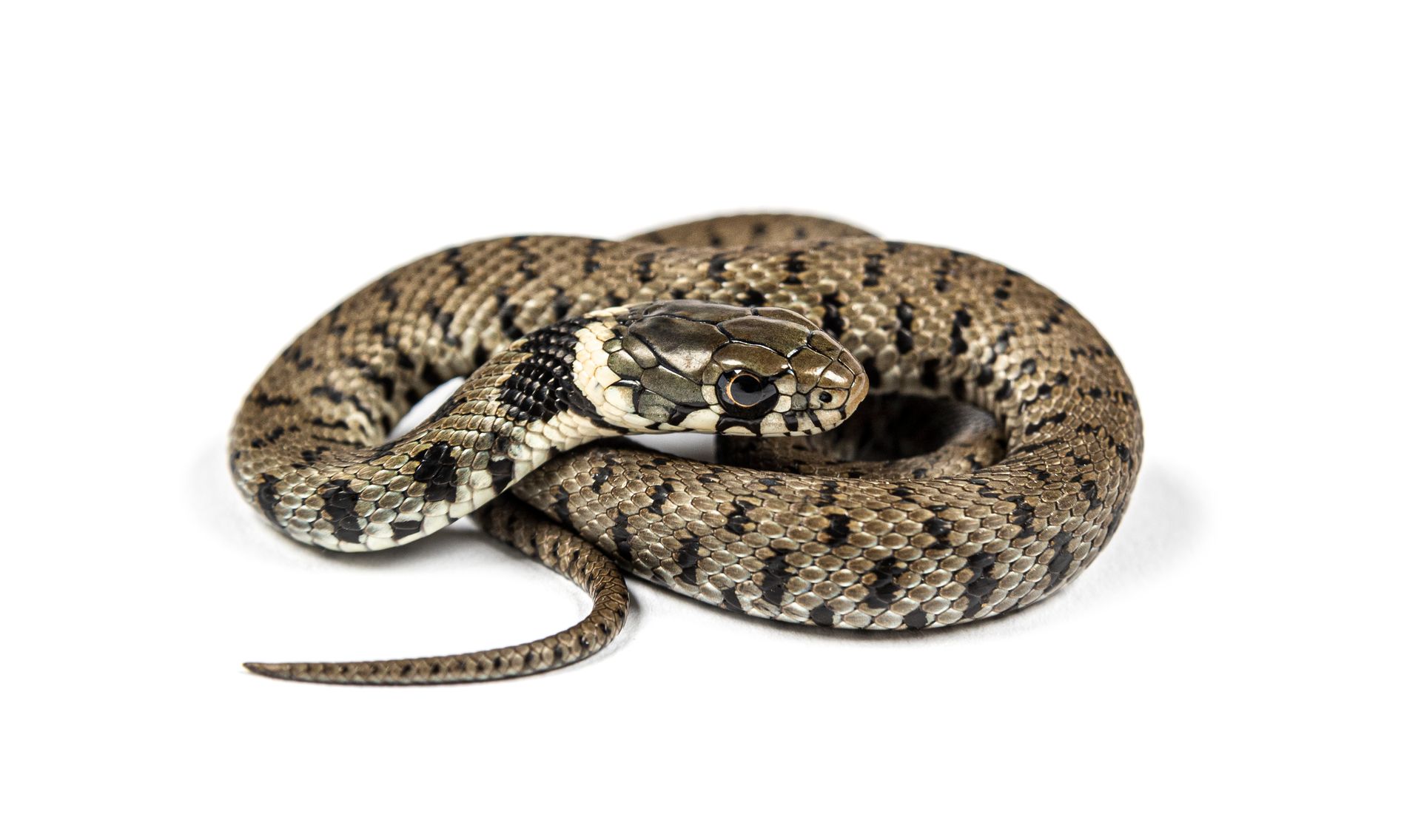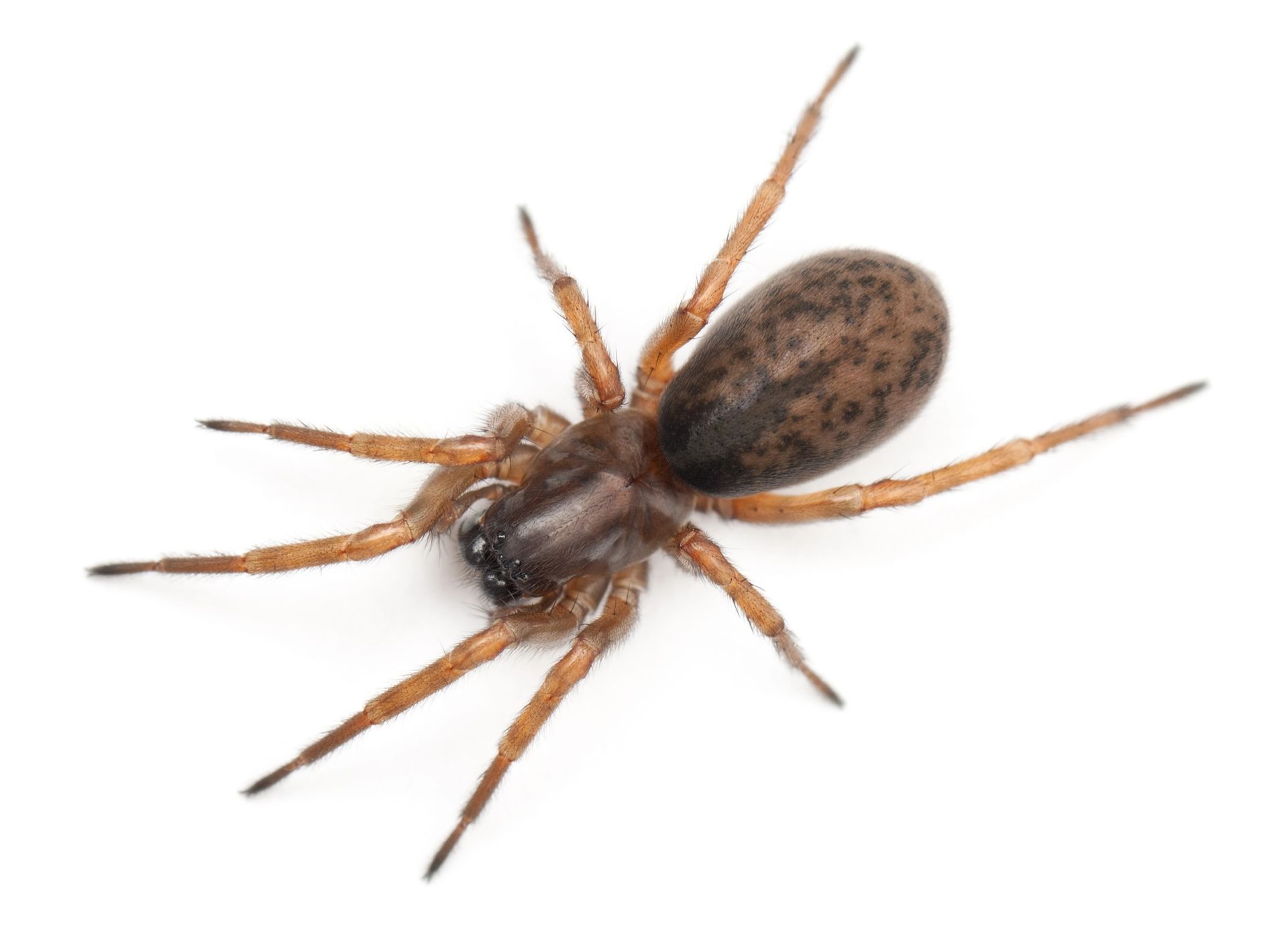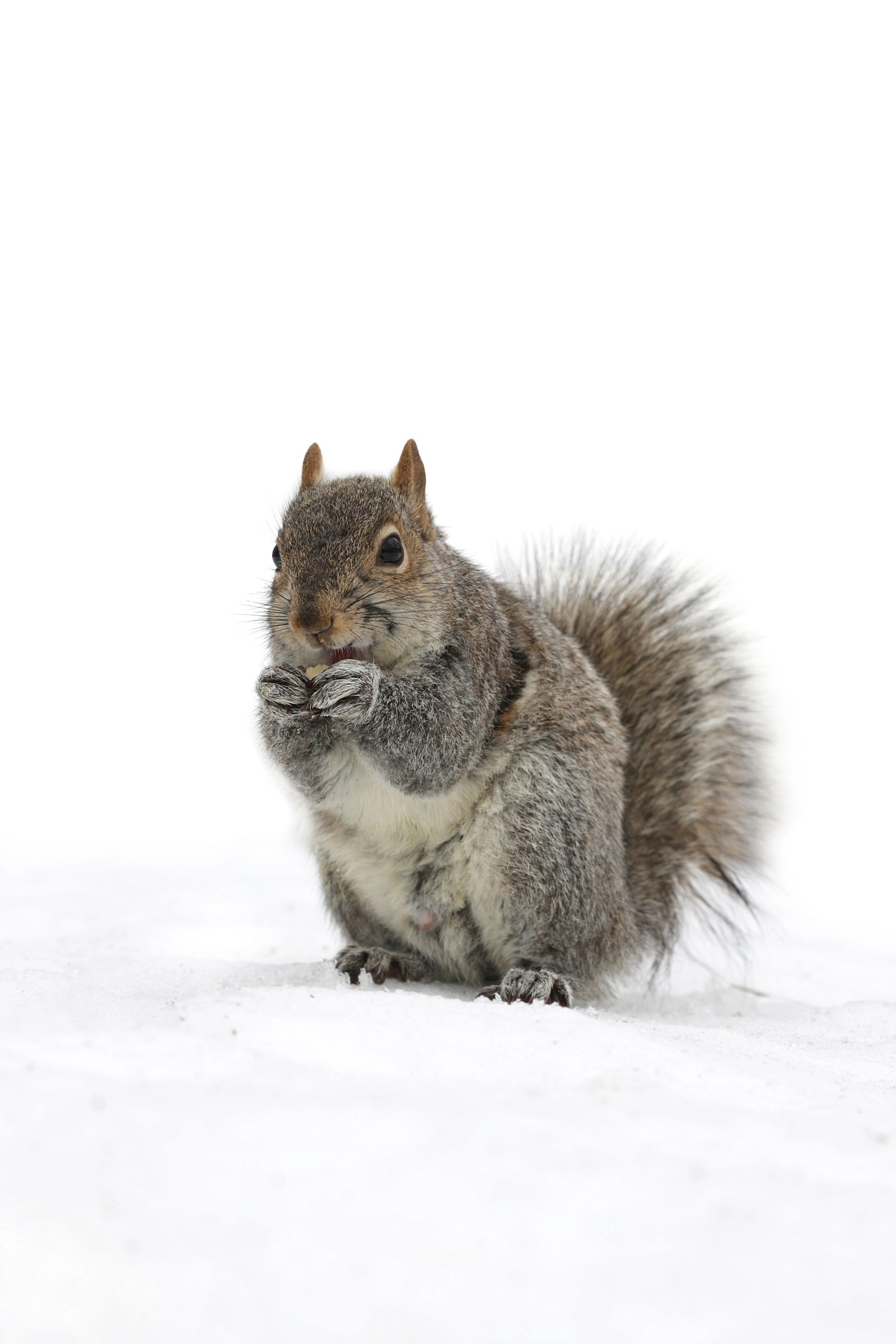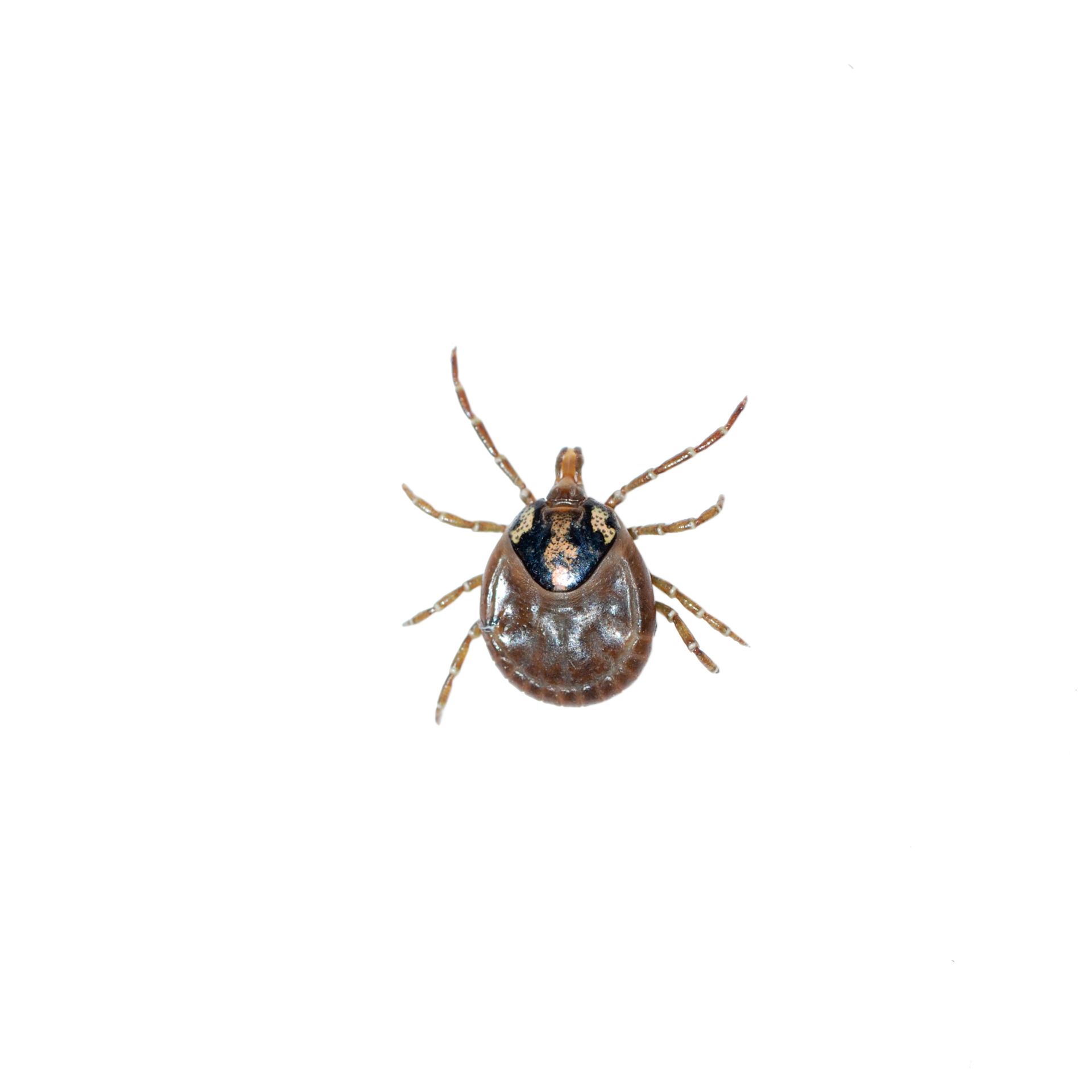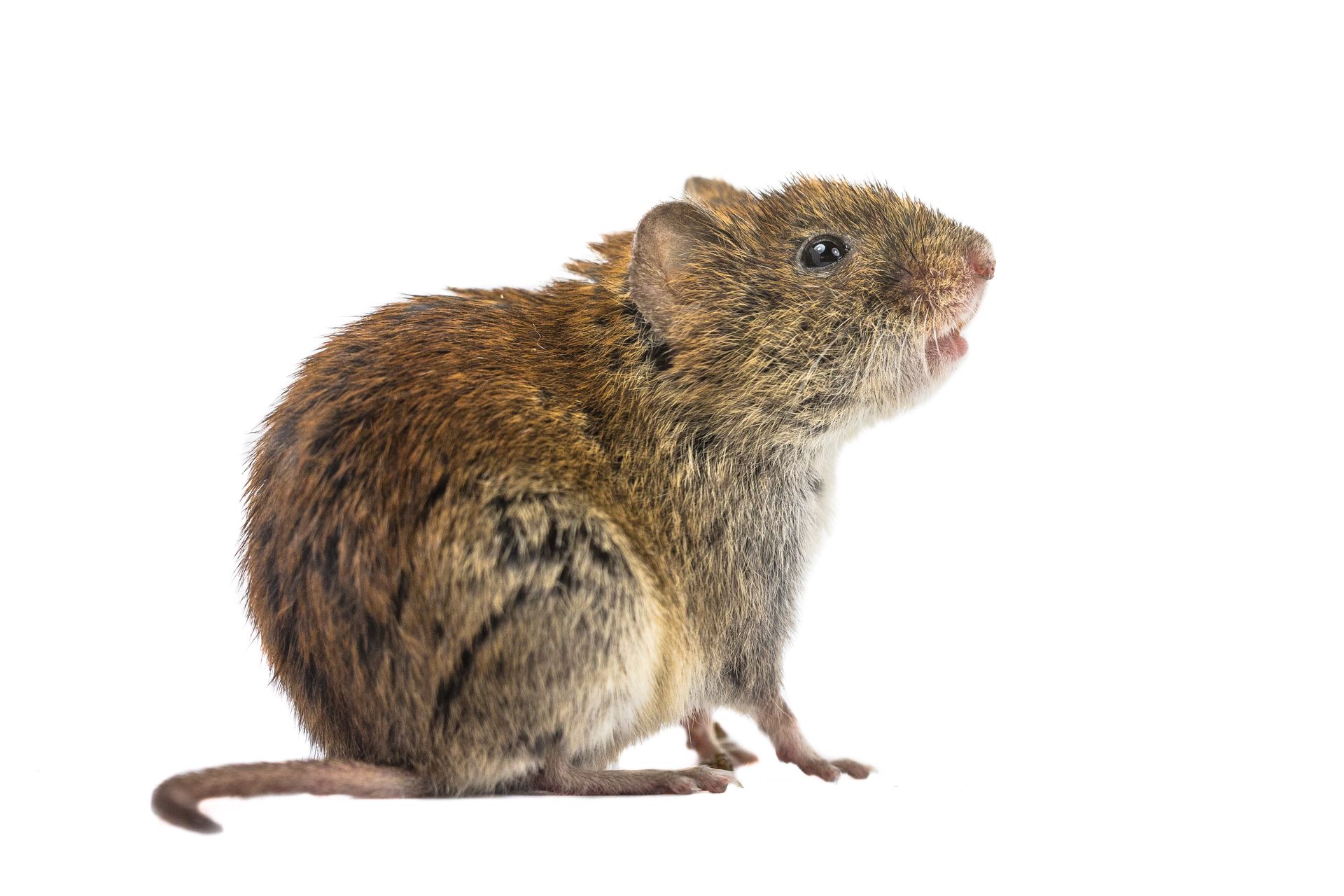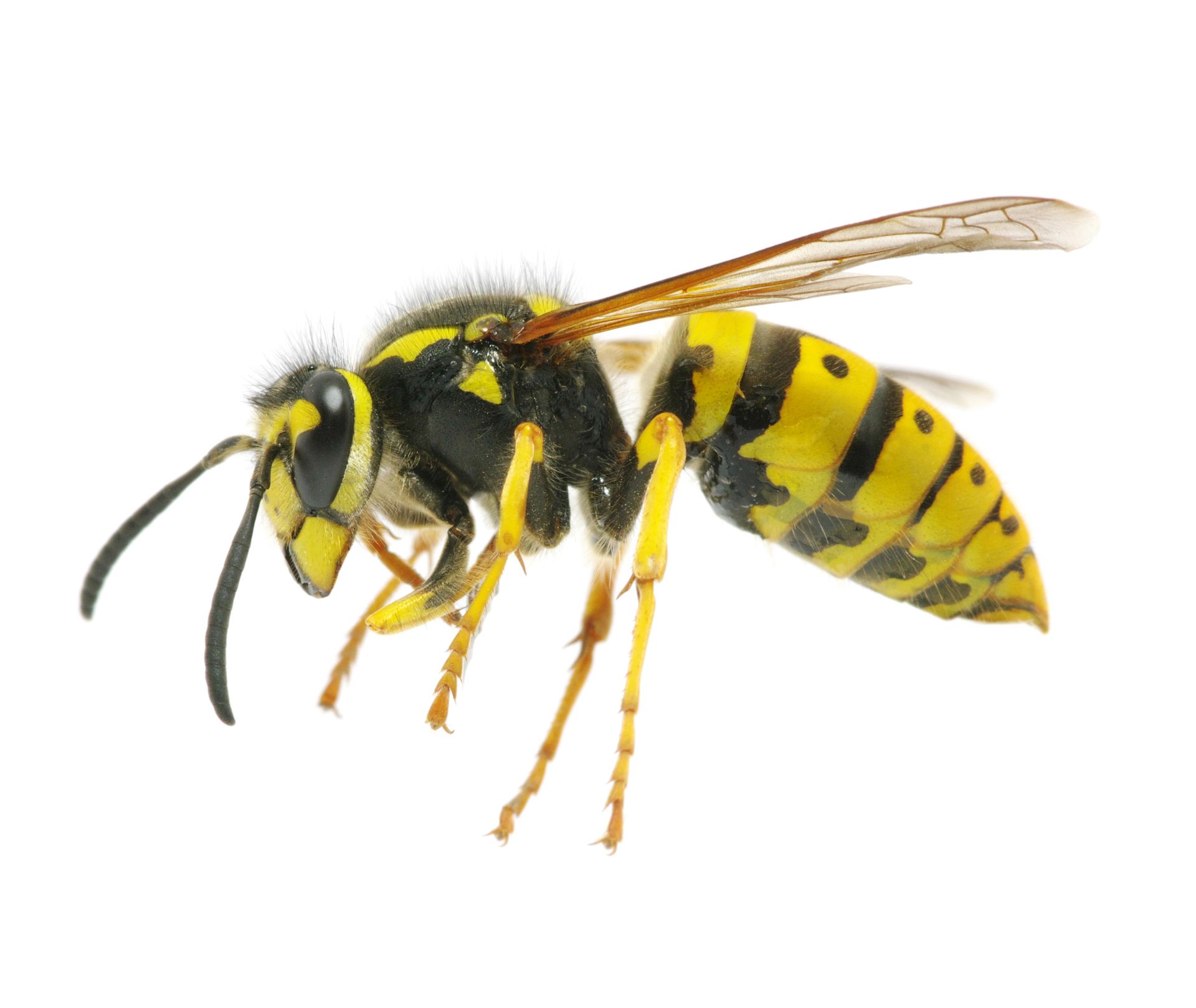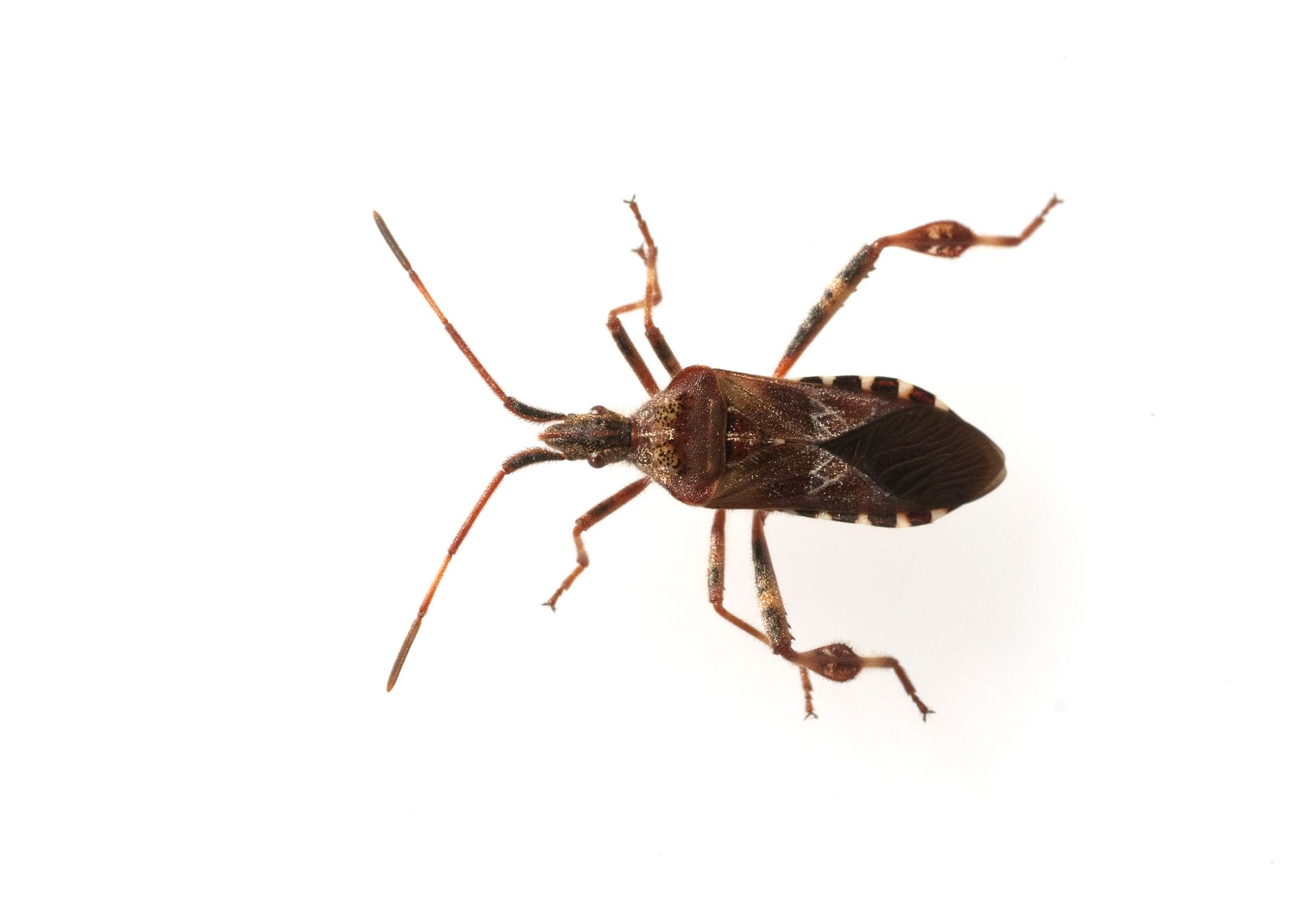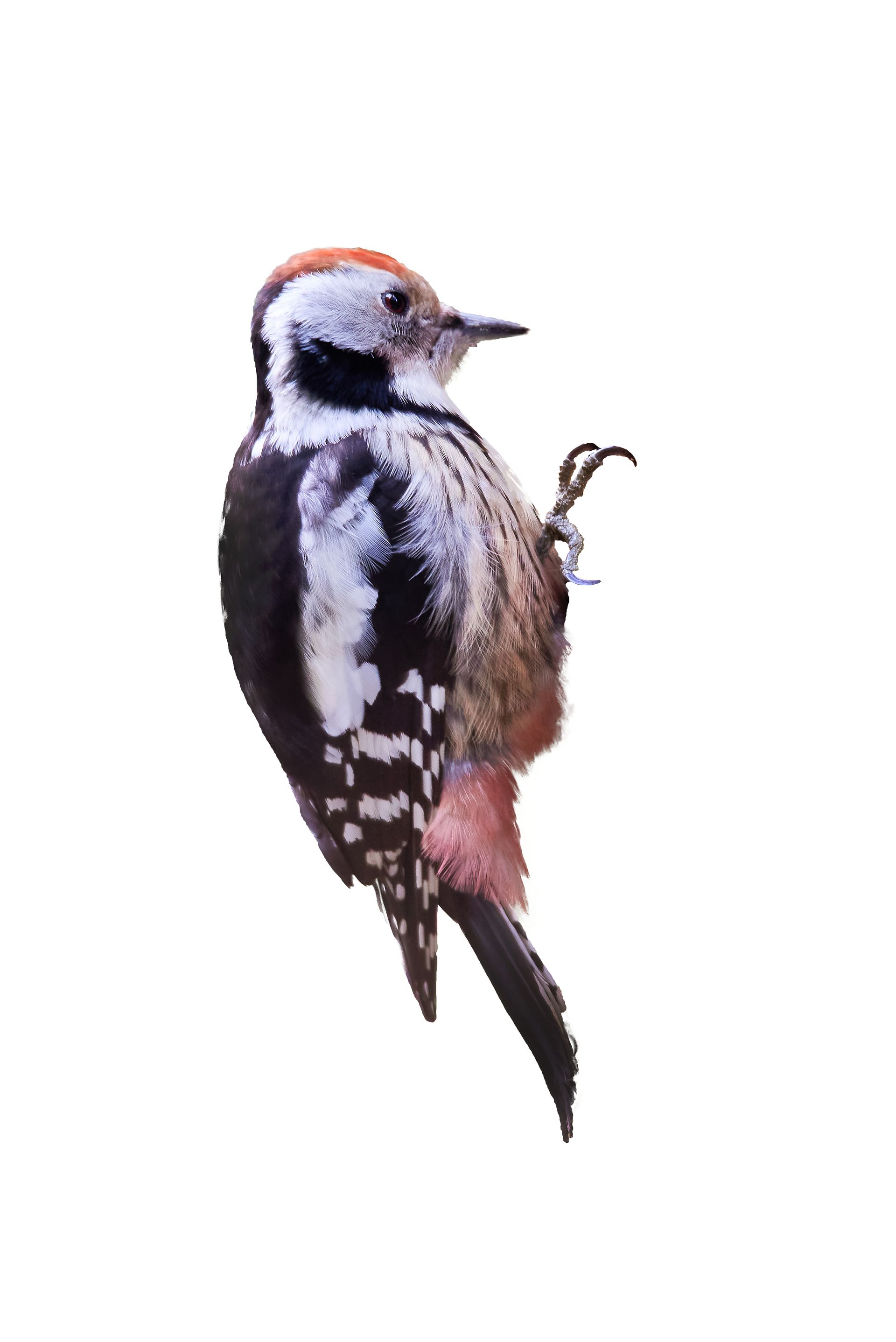Understanding Raccoons in Wisconsin
Raccoons are common in Wisconsin and are easily recognized by their distinctive black mask and ringed tail. While they are fascinating creatures and play a role in the ecosystem by controlling insect and rodent populations, their presence in homes and buildings can lead to significant problems. Understanding where raccoons are typically found, what attracts them to homes and buildings, and why they are unsuitable for these environments is essential for effective management and prevention.
Characteristics and Habitats of Raccoons
Raccoons (Procyon lotor) are medium-sized mammals known for their intelligence and adaptability. They are nocturnal and have dexterous front paws that allow them to open containers and manipulate objects.
Raccoons are typically found in:
Outdoors:
Woodlands and Forests: Raccoons prefer wooded areas near water sources such as rivers, streams, and lakes, where they can find food and shelter.
Urban and Suburban Areas: Raccoons have adapted well to urban environments and can be found in parks, gardens, and residential neighborhoods.
Agricultural Areas: Farms and orchards provide ample food sources, such as crops and fruit trees, attracting raccoons.
Indoors:
Attics and Chimneys: Raccoons often enter attics and chimneys seeking shelter, especially during colder months or when raising young.
Garages and Sheds: These structures provide convenient shelter and access to food sources.
Crawl Spaces and Basements: Raccoons may enter crawl spaces and basements through unsecured vents and openings.
Attractions in Homes and Buildings
Raccoons are attracted to homes and buildings for several reasons:
Food Sources: Raccoons are omnivorous and are attracted to garbage, pet food, bird feeders, compost piles, and gardens. Homes with easily accessible food sources are particularly appealing.
Shelter: Homes and buildings provide warm, protected environments that are ideal for nesting and raising young. Attics, chimneys, and crawl spaces offer safe, undisturbed shelter.
Water Sources: Raccoons need water for drinking and washing their food, so properties with accessible water sources, such as ponds, bird baths, and pet water dishes, can attract them.
Why Raccoons Are Not Suitable for Homes and Buildings
While raccoons are beneficial in natural ecosystems, their presence indoors is highly undesirable for several reasons:
Property Damage:
Structural Damage: Raccoons can cause significant damage by tearing shingles, siding, and insulation to gain entry. They can also damage roofing, soffits, and vents.
Contamination: Raccoons can contaminate attics and other indoor spaces with their urine, feces, and nesting materials, creating unsanitary conditions and unpleasant odors.
Health Risks:
Disease Transmission: Raccoons can carry diseases such as rabies, leptospirosis, and raccoon roundworm (Baylisascaris procyonis), which can be transmitted to humans and pets through bites, scratches, or contact with droppings.
Parasites: Raccoons often harbor parasites like fleas, ticks, and mites, which can infest homes and pose additional health risks.
Nuisance:
Noise: The presence of raccoons in attics or walls can create significant noise, especially during the night, as they move around and vocalize.
Fear and Stress: The presence of raccoons can cause fear and stress for residents, particularly if they are seen entering or exiting the home.
Prevention and Control
To prevent and control raccoon infestations in homes and buildings, consider the following strategies:
Eliminate Food Sources:
Secure Garbage: Use raccoon-proof trash bins with tightly sealed lids and dispose of garbage regularly.
Remove Pet Food: Do not leave pet food or birdseed outside overnight, as these can attract raccoons.
Protect Gardens: Use fencing or netting to protect gardens and fruit trees from raccoons.
Seal Entry Points:
Caulk Cracks and Gaps: Inspect and seal any cracks and gaps around foundations, windows, doors, and roofs to prevent raccoons from entering.
Install Chimney Caps: Use chimney caps to prevent raccoons from entering through chimneys.
Secure Vents: Ensure that vents and other openings are securely covered with heavy-duty wire mesh or hardware cloth.
Remove Shelter Opportunities:
Tree Maintenance: Trim branches that are close to the house to reduce access points for raccoons.
Remove Debris: Clear away piles of leaves, wood, and other debris that can provide cover and nesting materials.
Use Deterrents:
Lighting: Use motion-activated lights around your property to deter nocturnal raccoons.
Repellents: Apply raccoon repellents, such as ammonia-soaked rags or commercial products, around potential entry points.
Professional Pest Control:
Inspection and Removal: For severe infestations, contact a professional pest control or wildlife management service like BugBoss The X-Terminator for comprehensive raccoon management. Professionals can safely remove raccoons and implement effective deterrents.
Ongoing Prevention: Regular follow-up treatments and inspections help ensure that raccoons do not return.
Understanding the habits and risks associated with raccoons in Wisconsin is crucial for protecting your property from damage and ensuring a safe living environment. If you suspect a raccoon problem, taking swift action can prevent further issues and maintain the integrity of your home. Trust BugBoss The X-Terminator to provide expert advice and effective raccoon control solutions tailored to your needs.
Local Pests & Wildlife in Wisconsin



